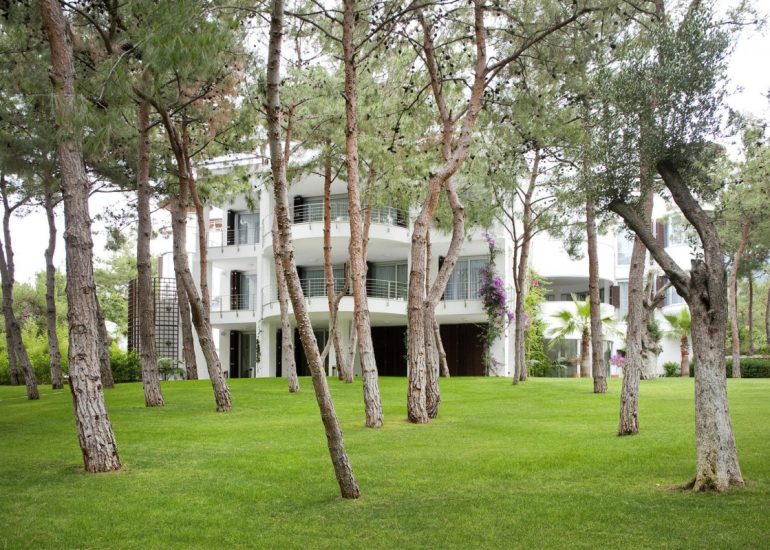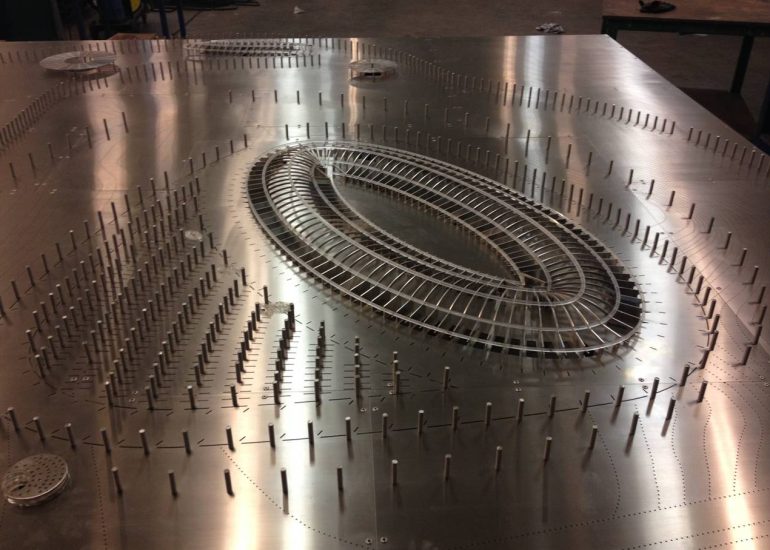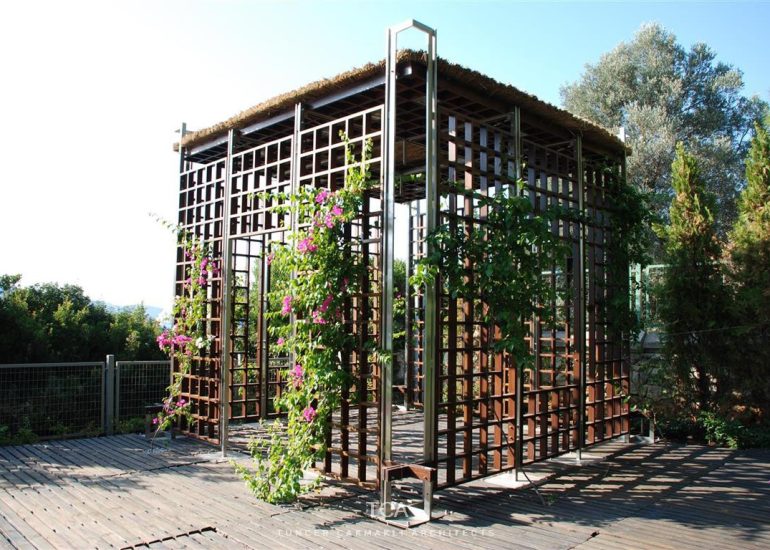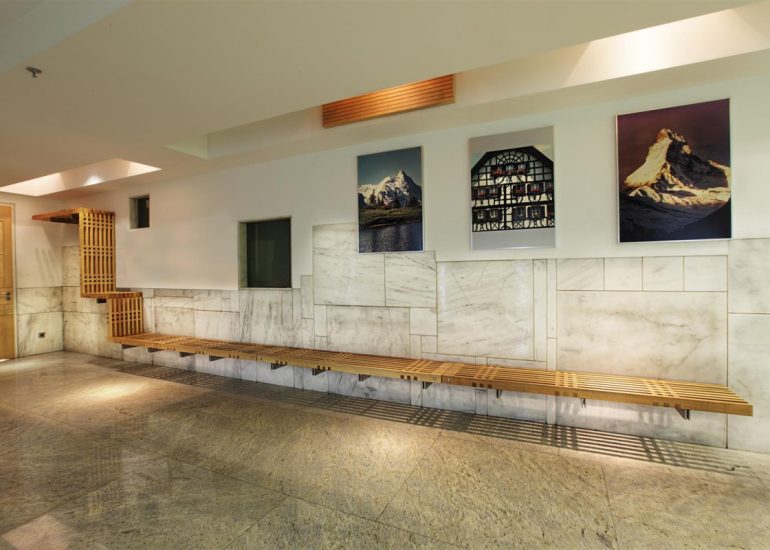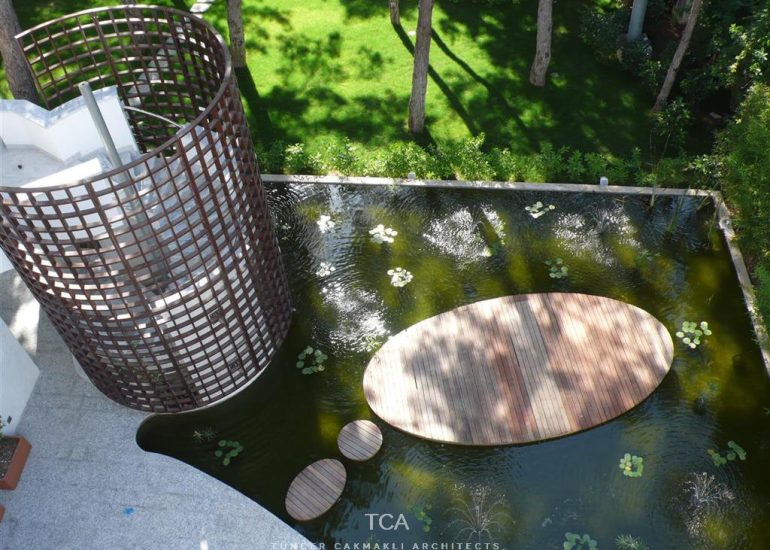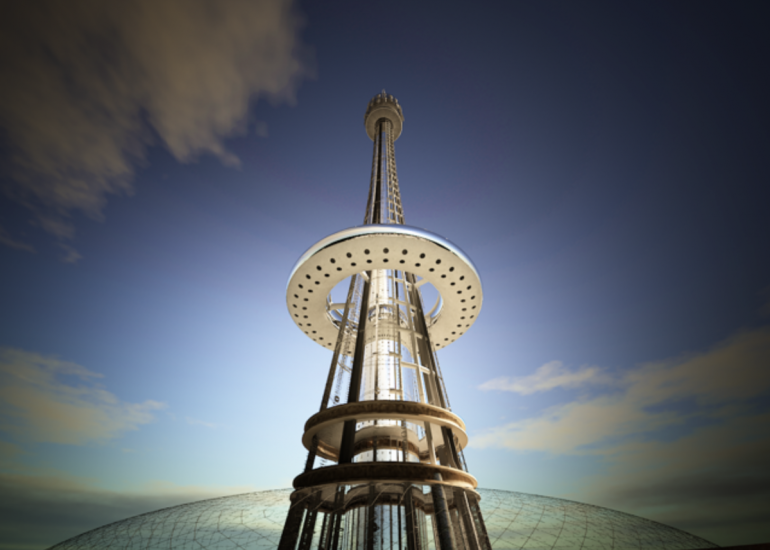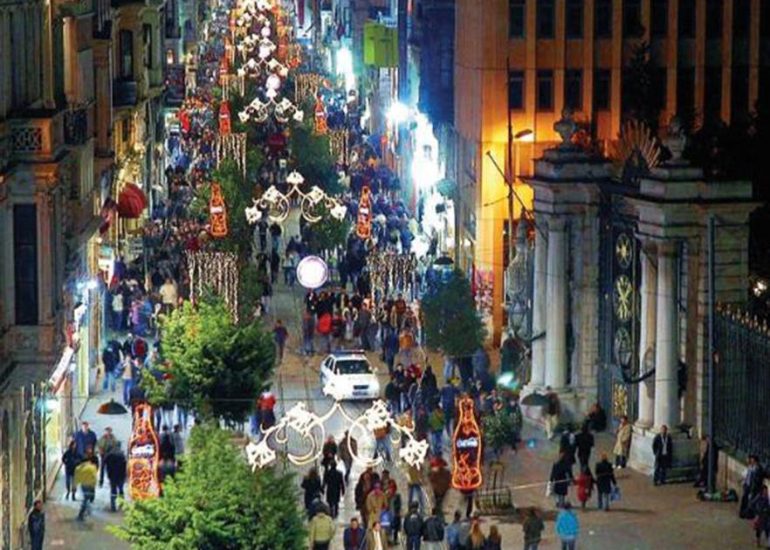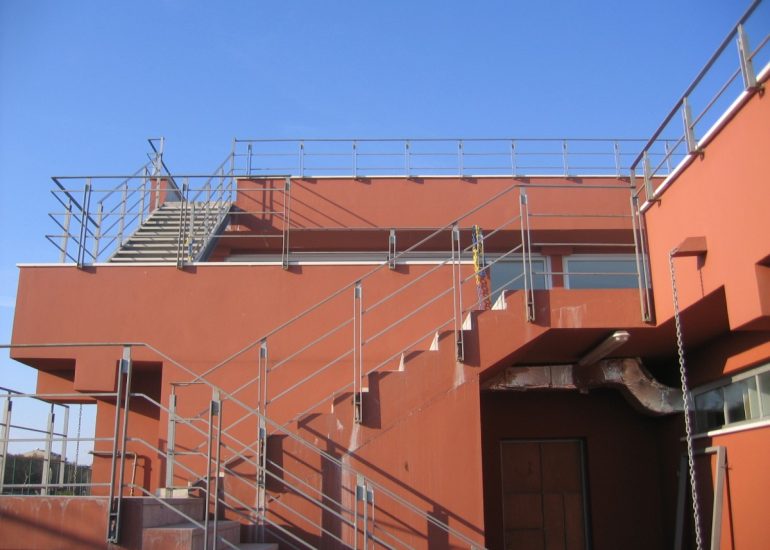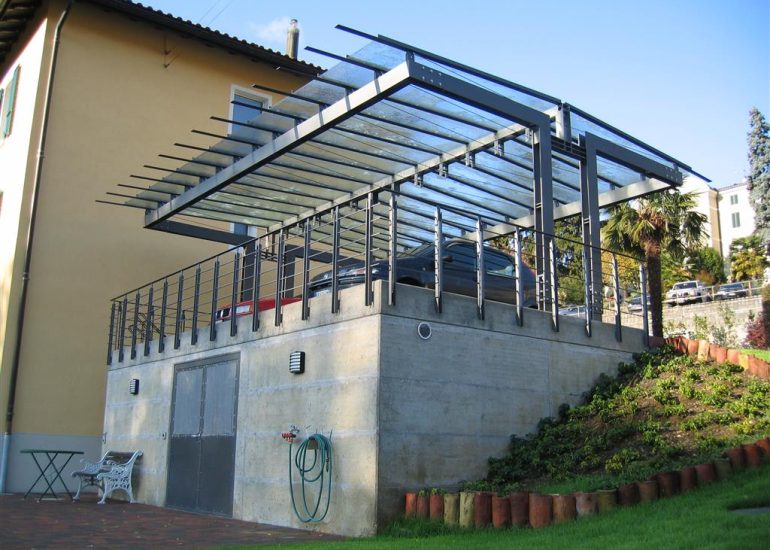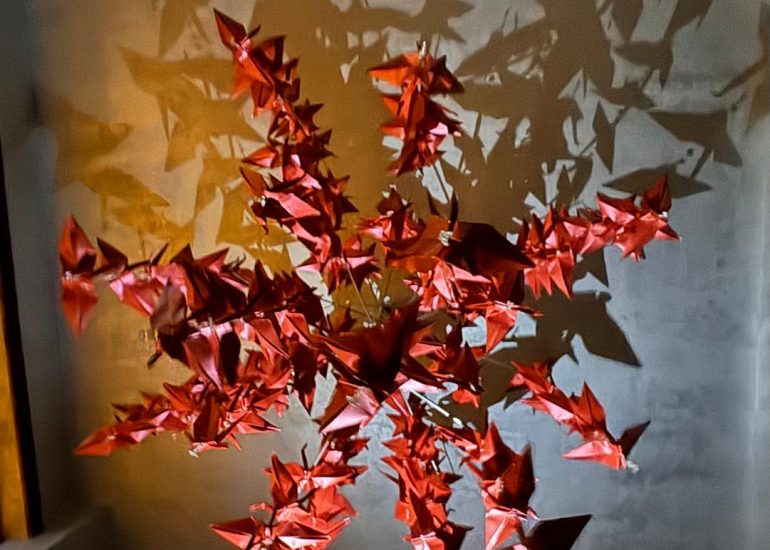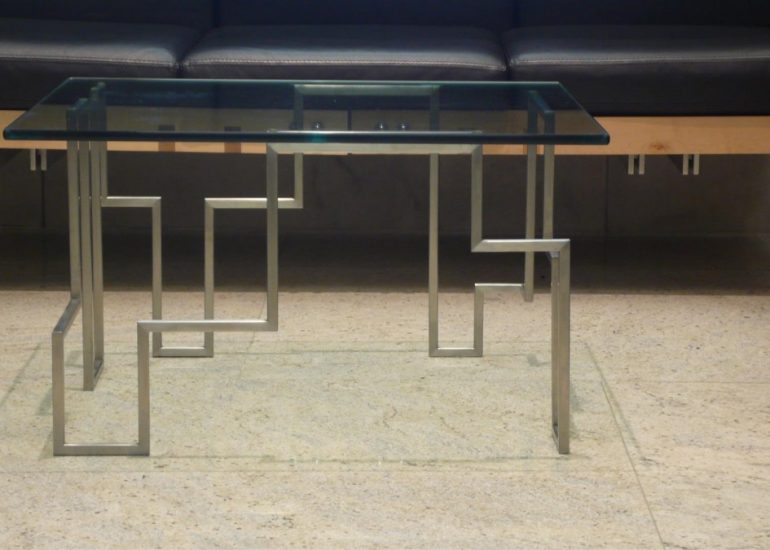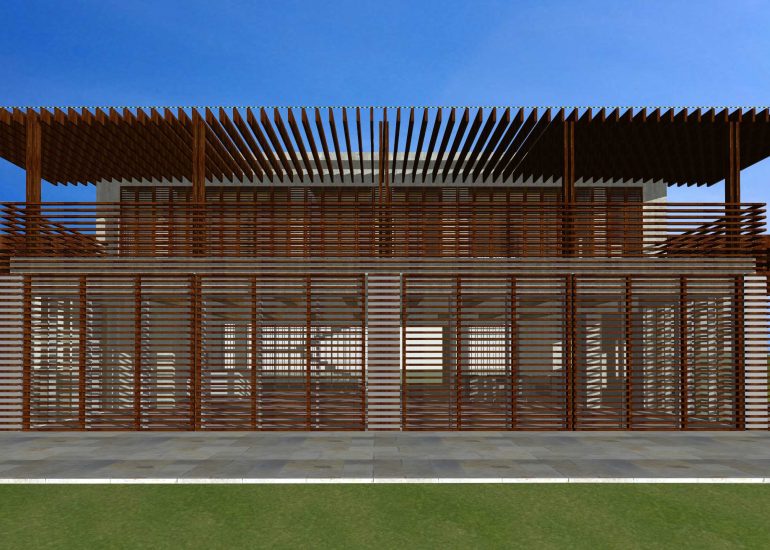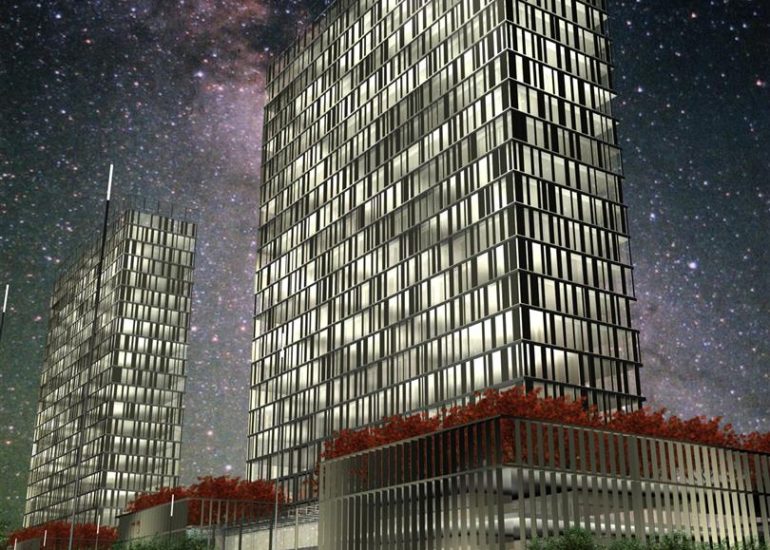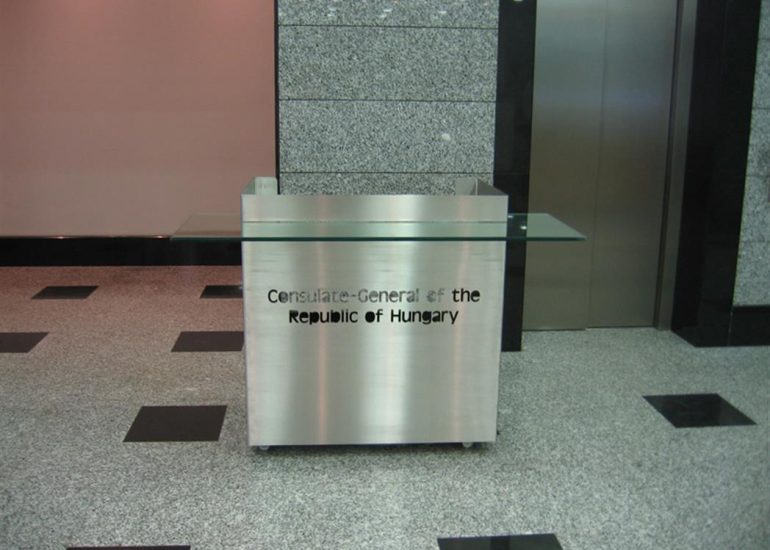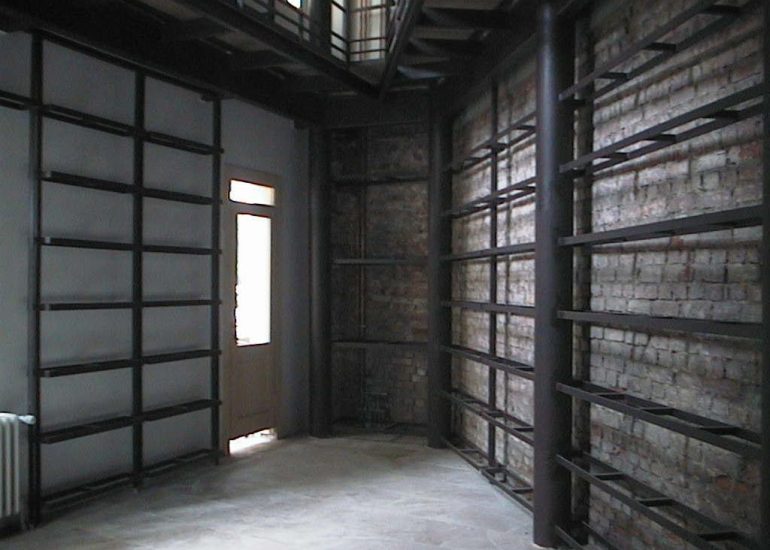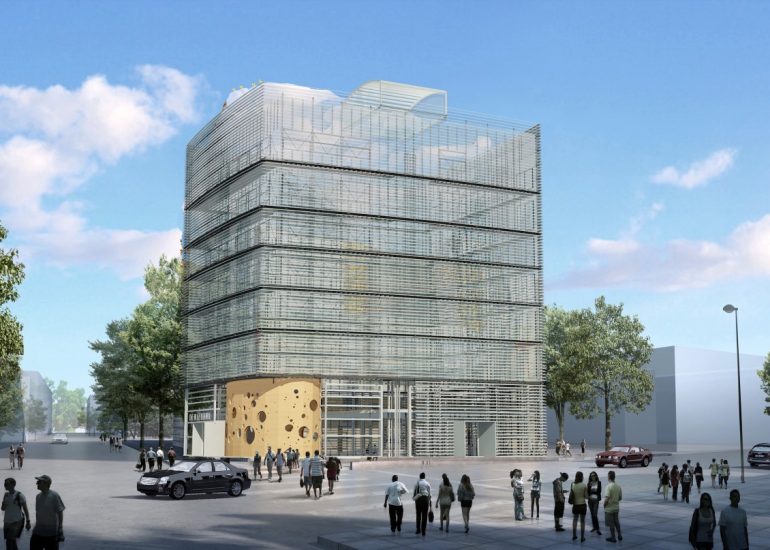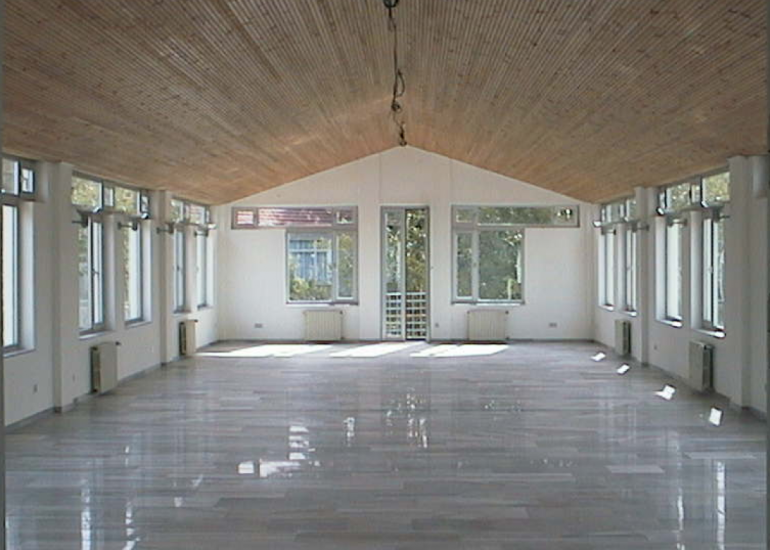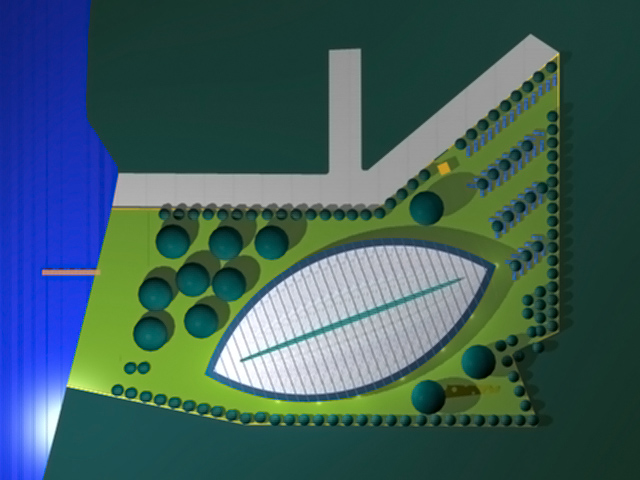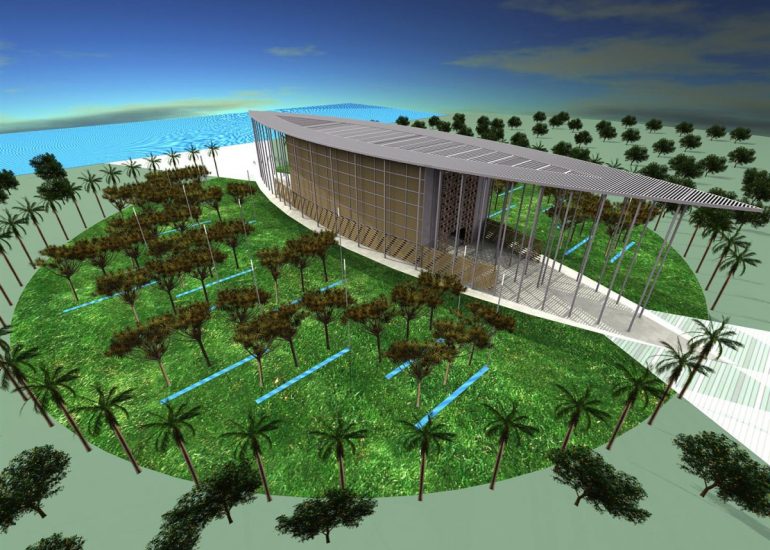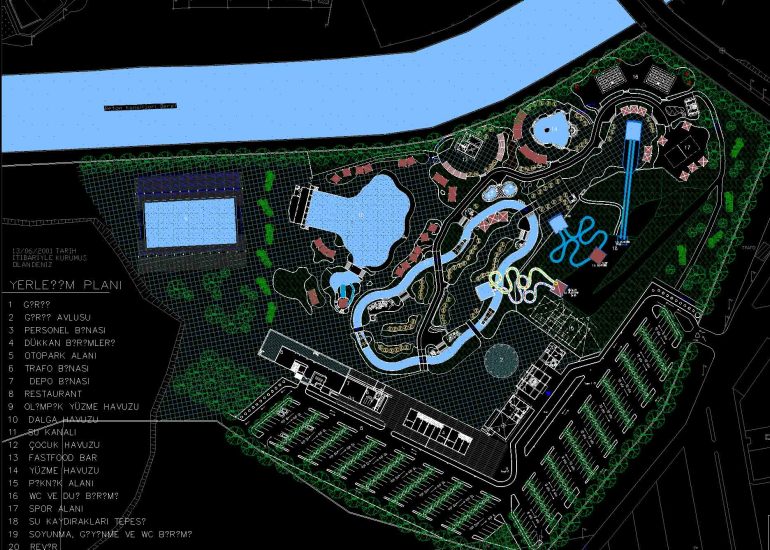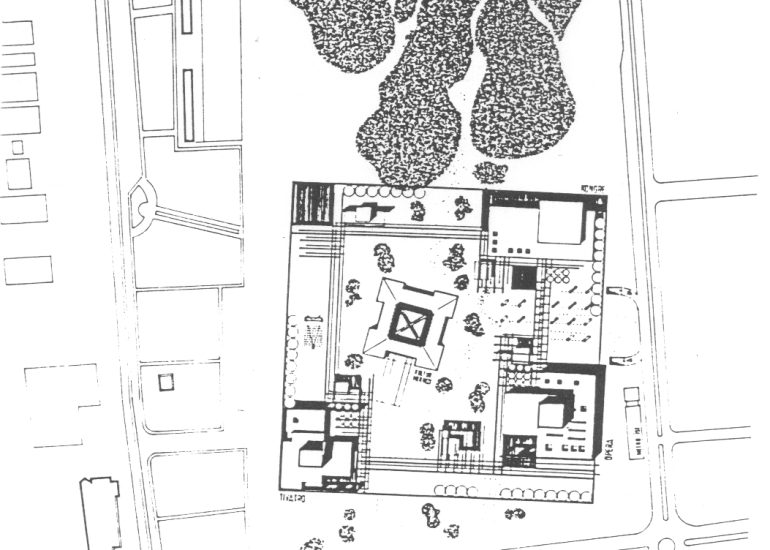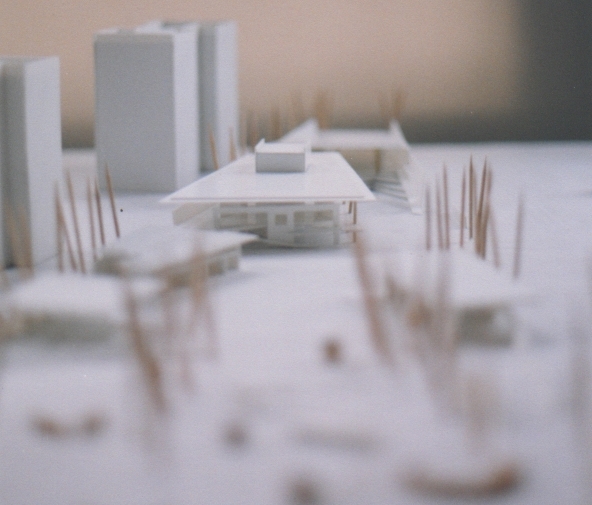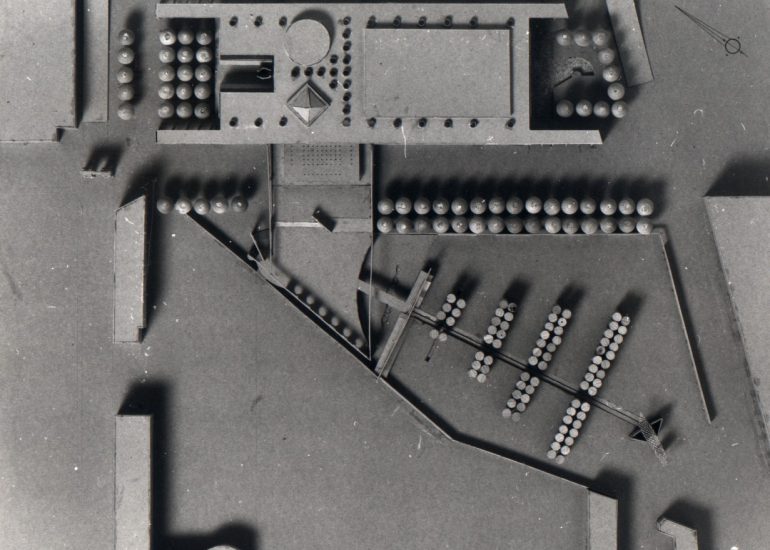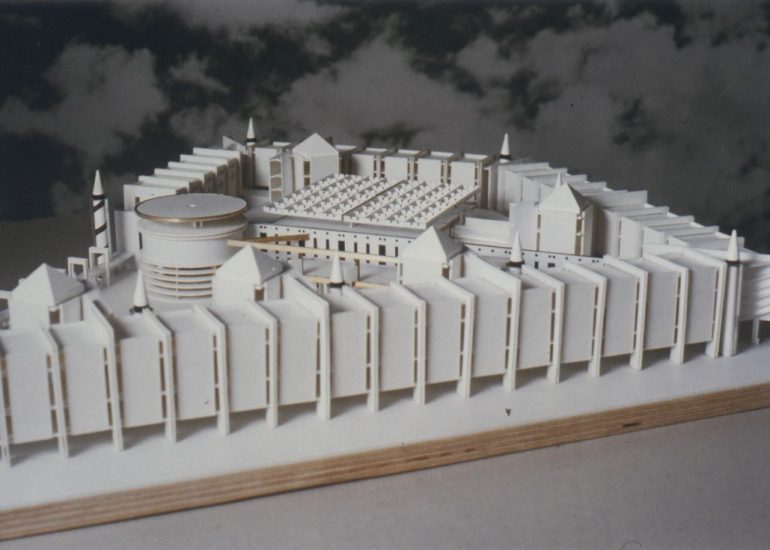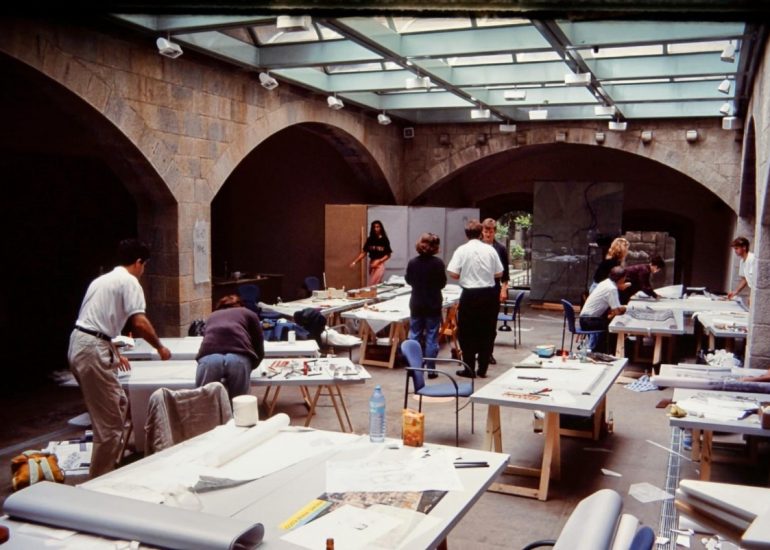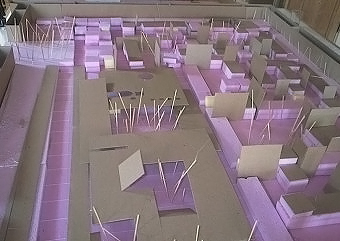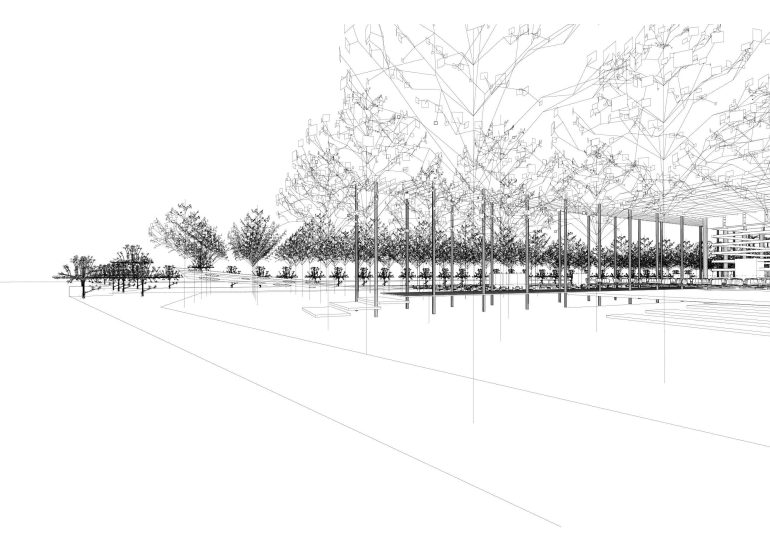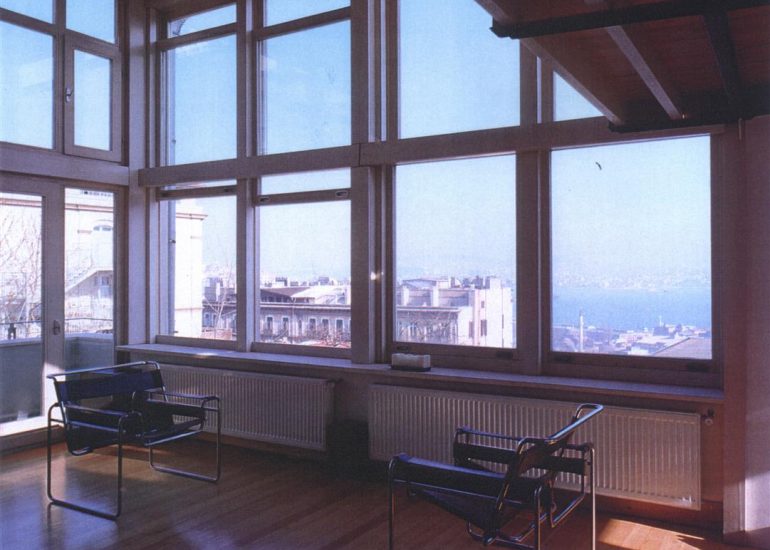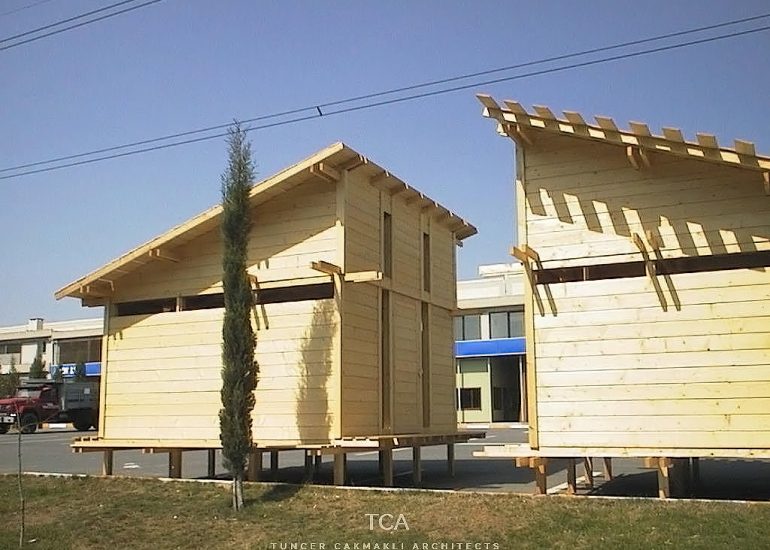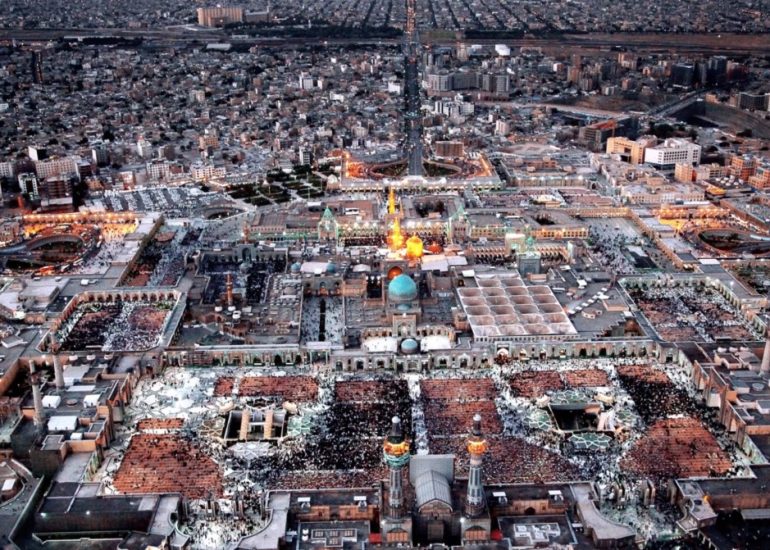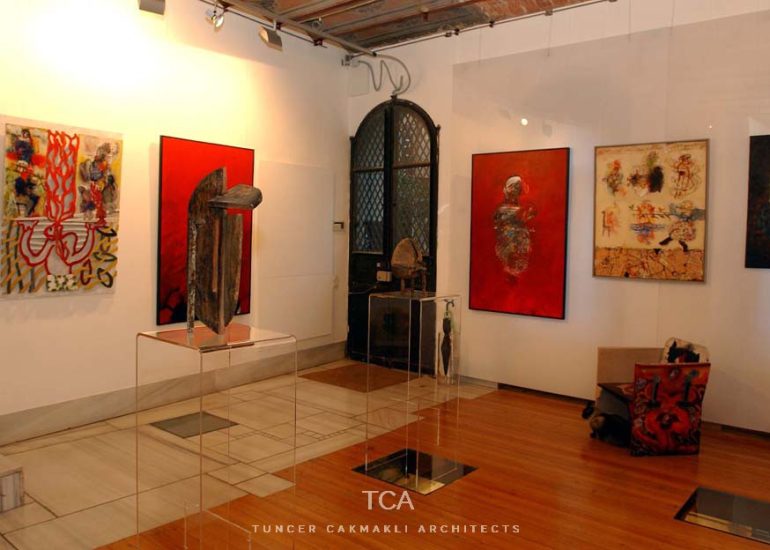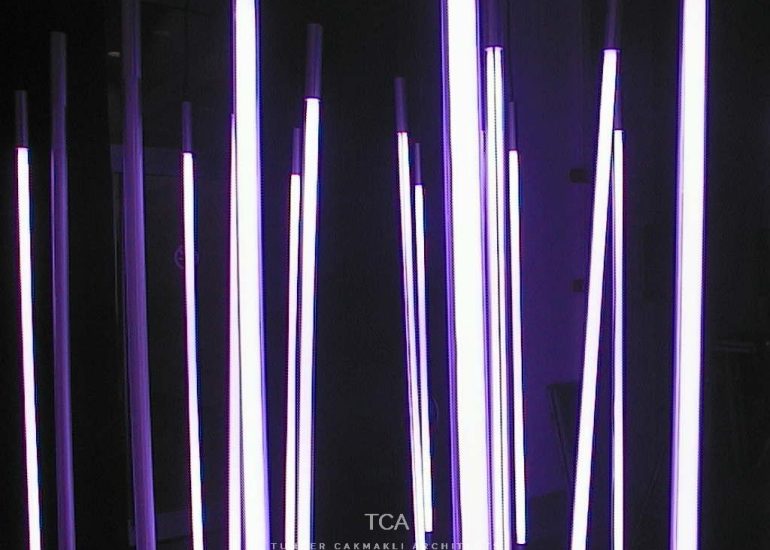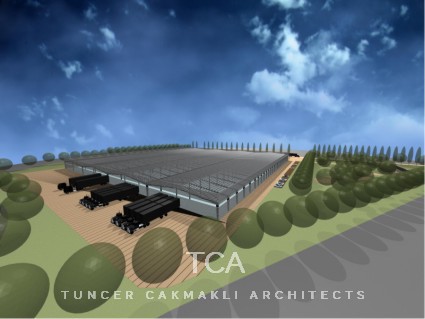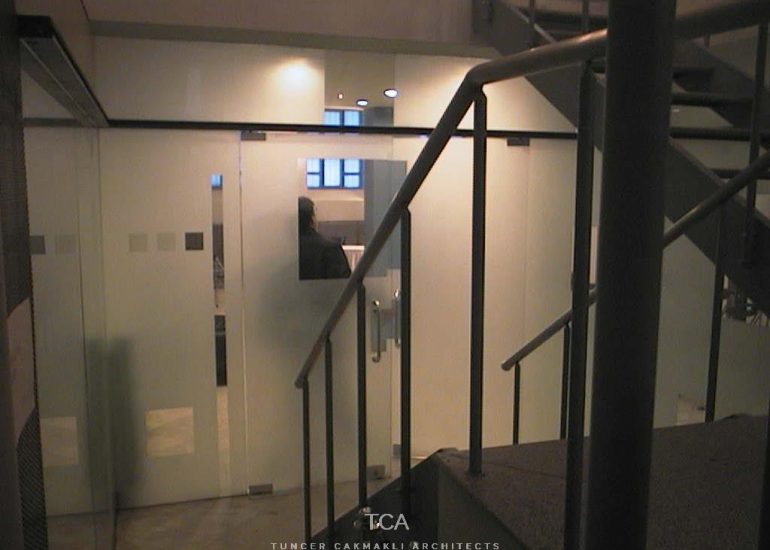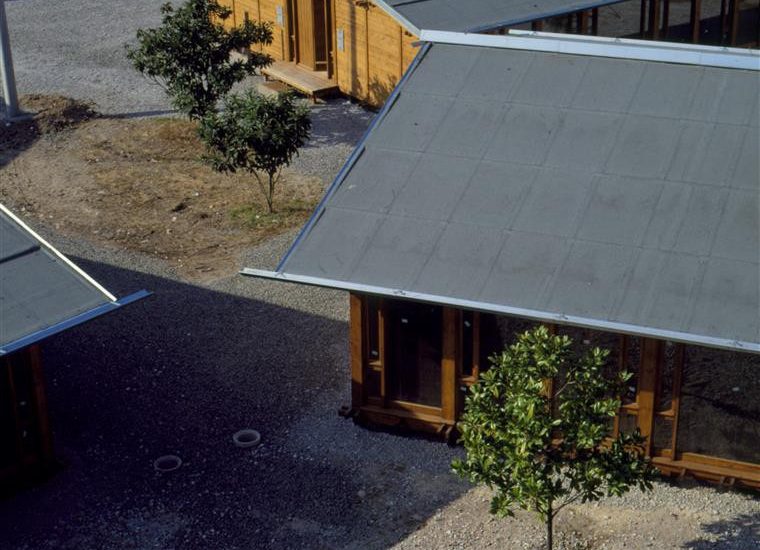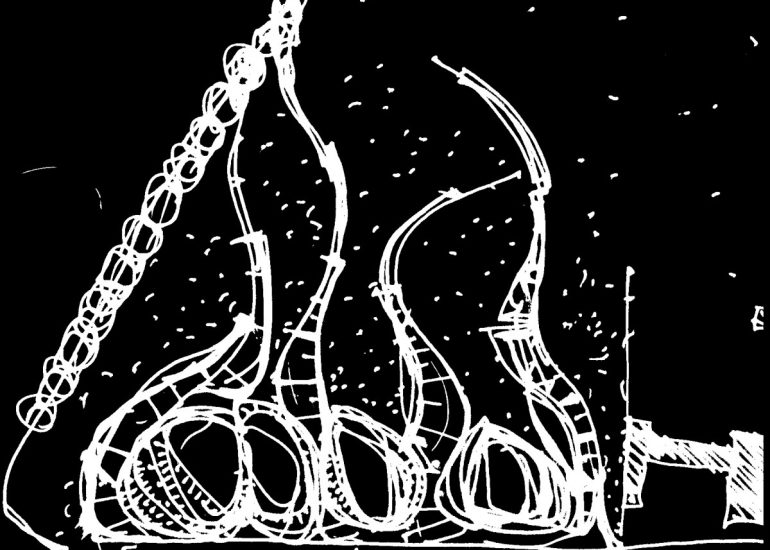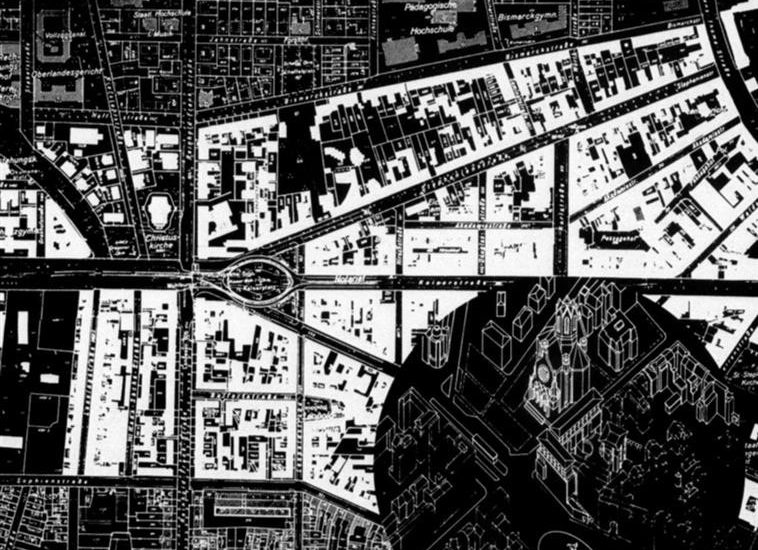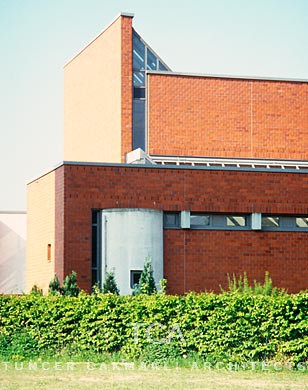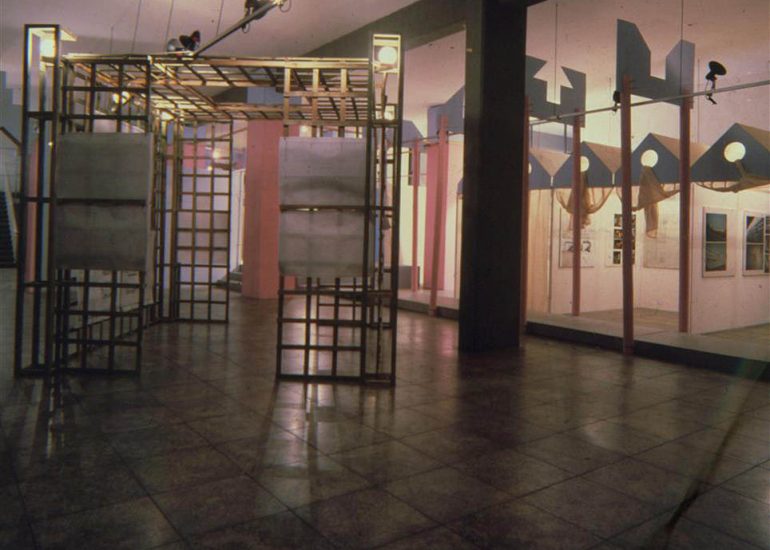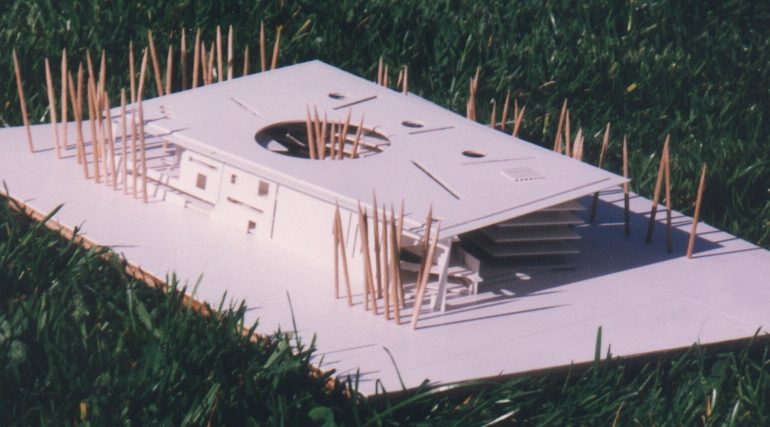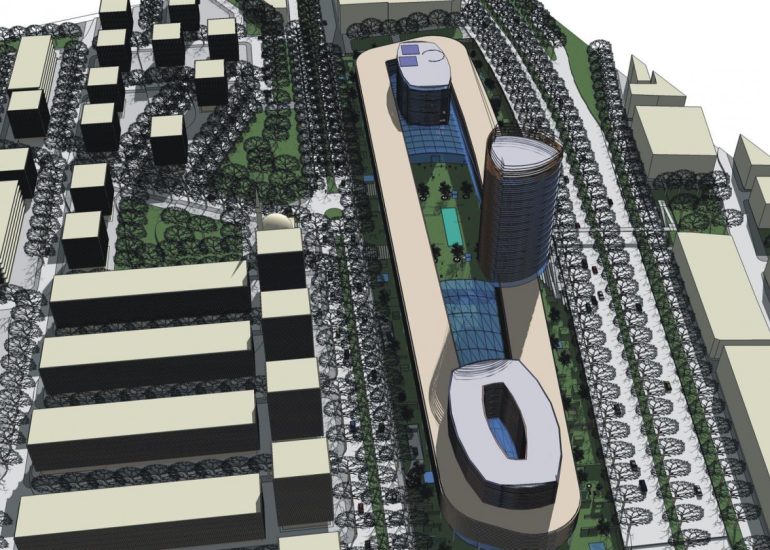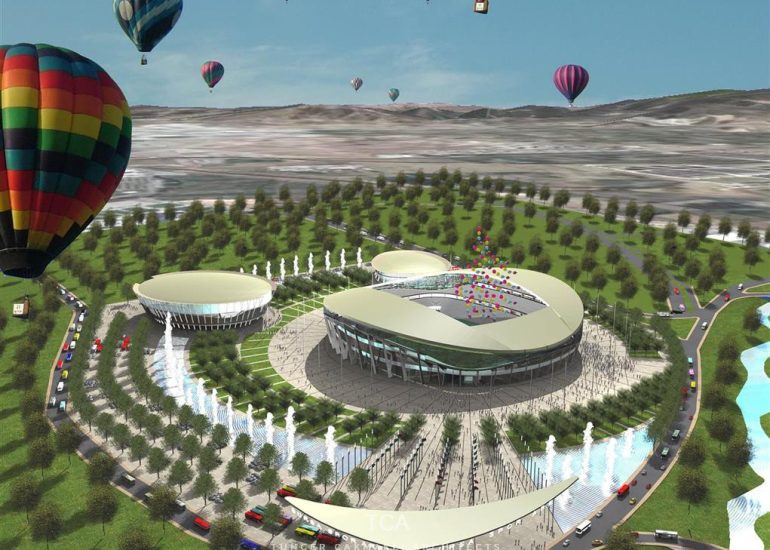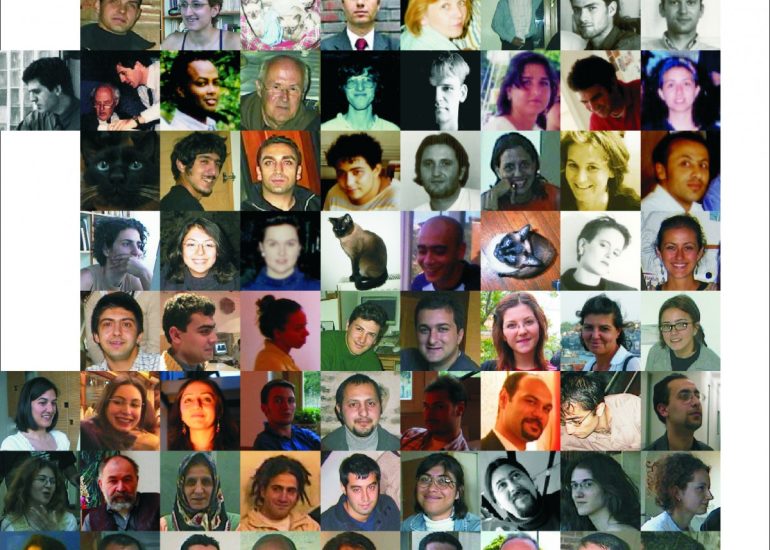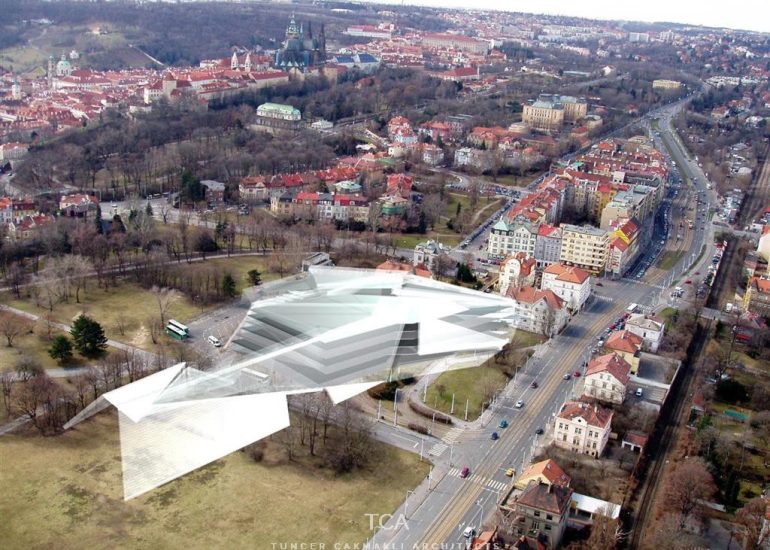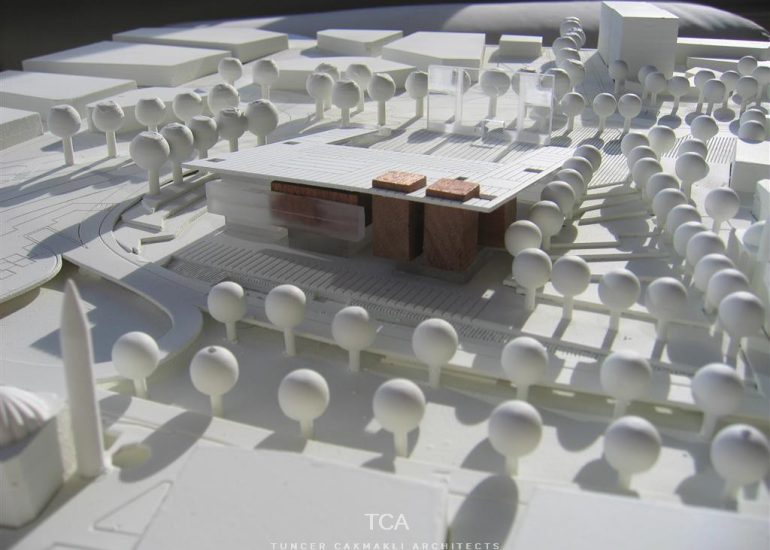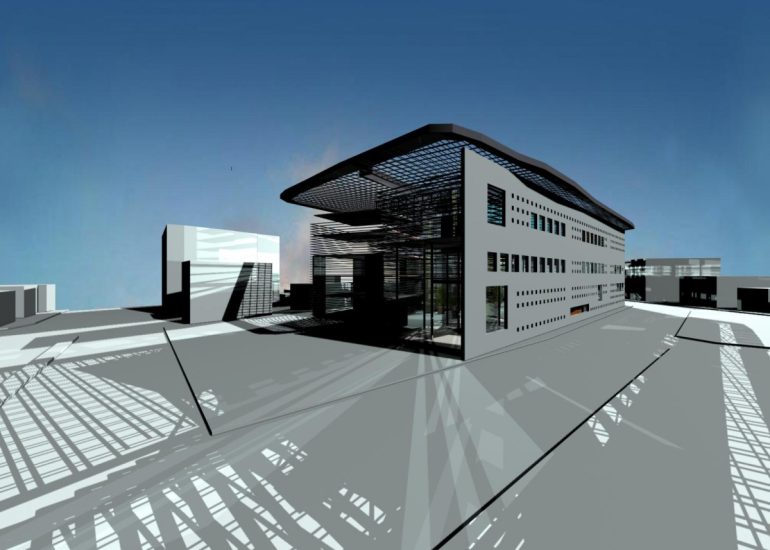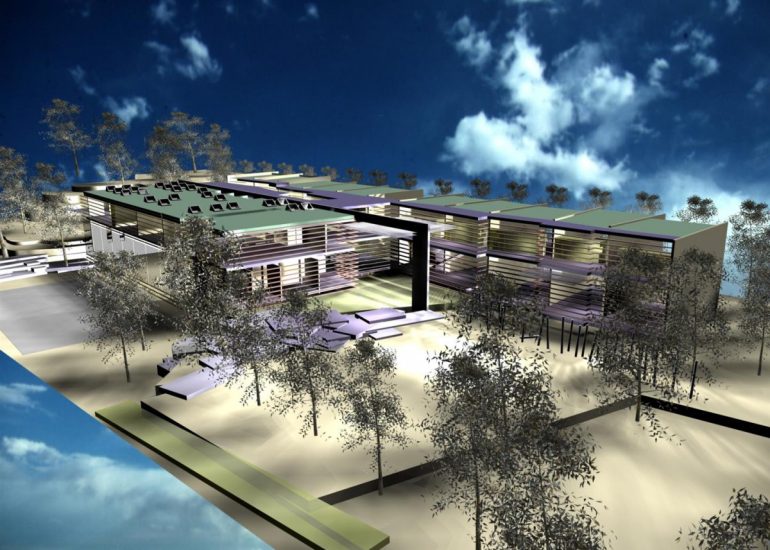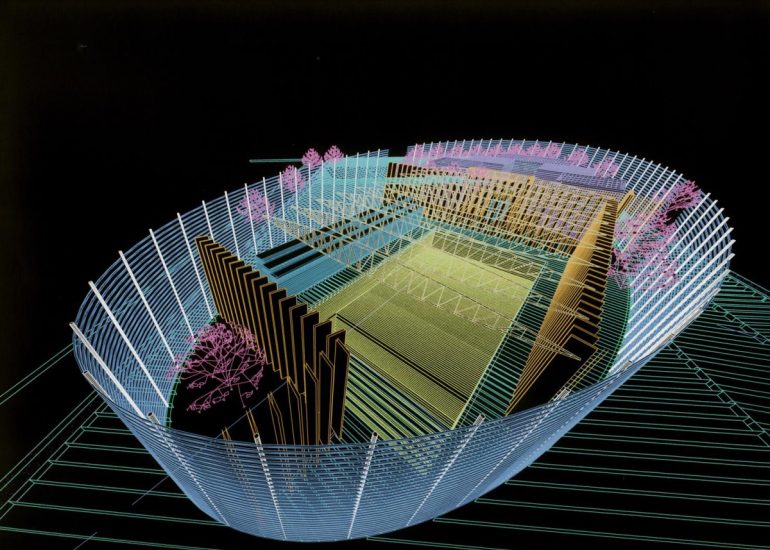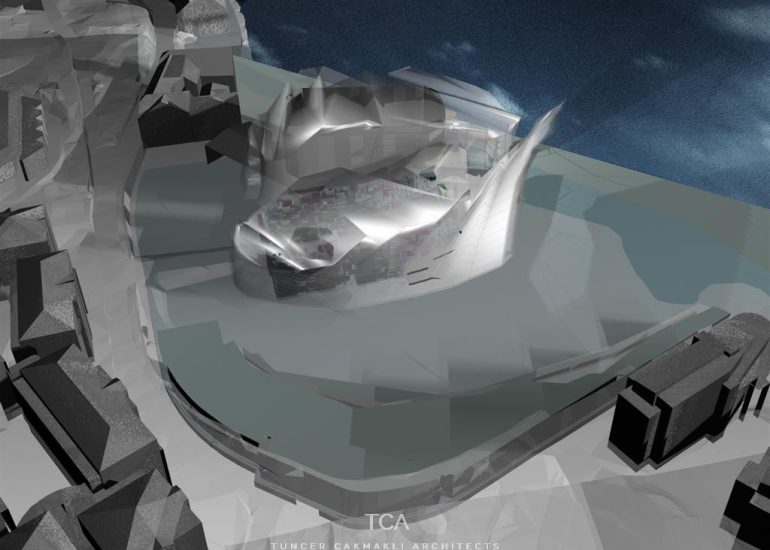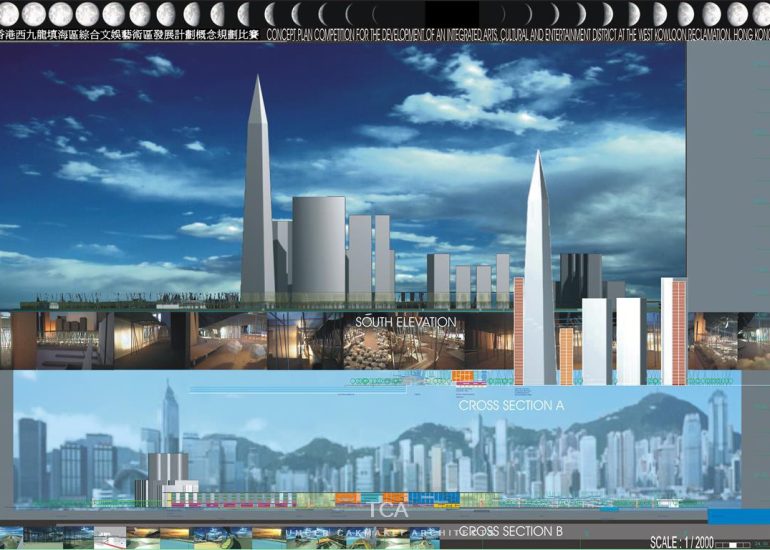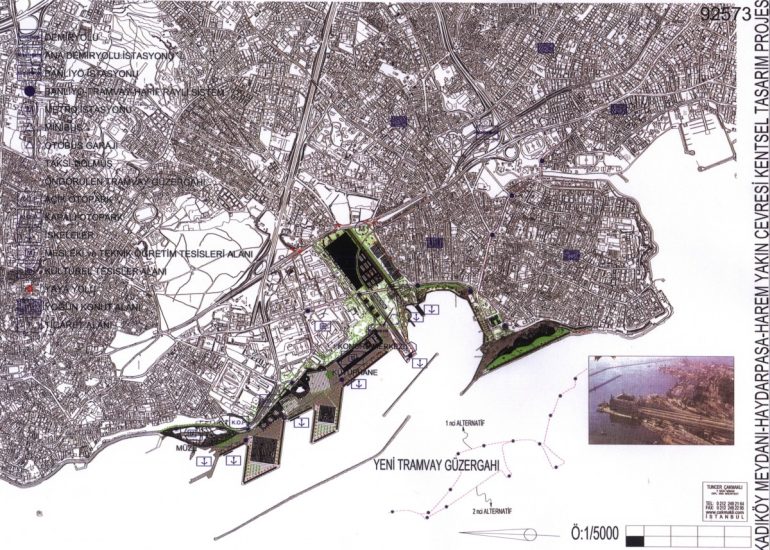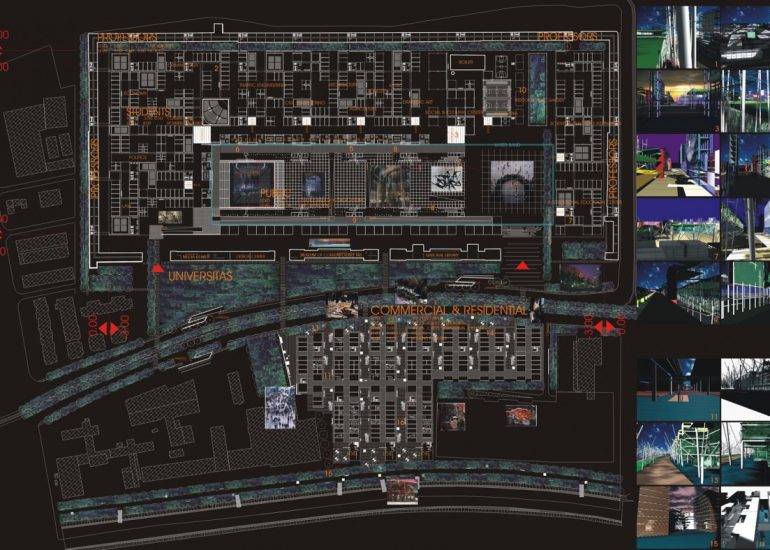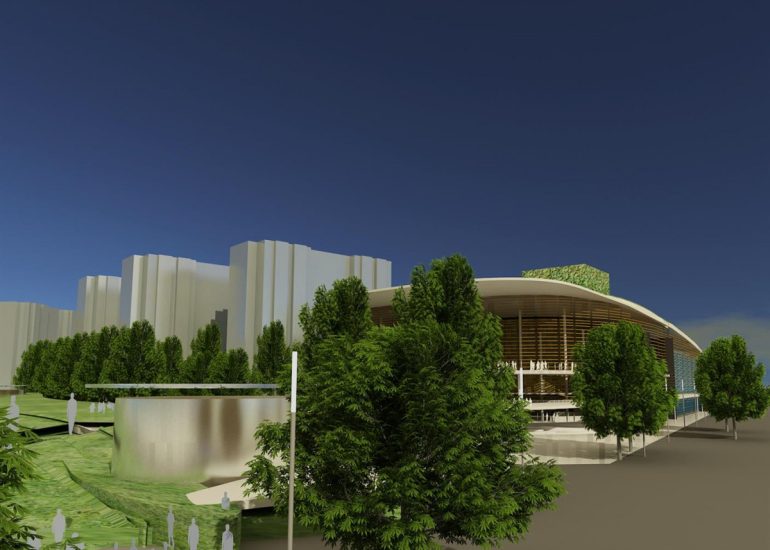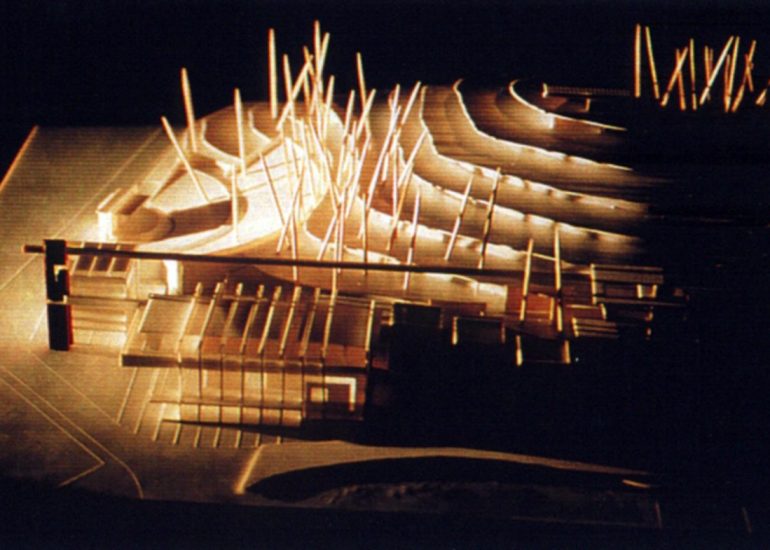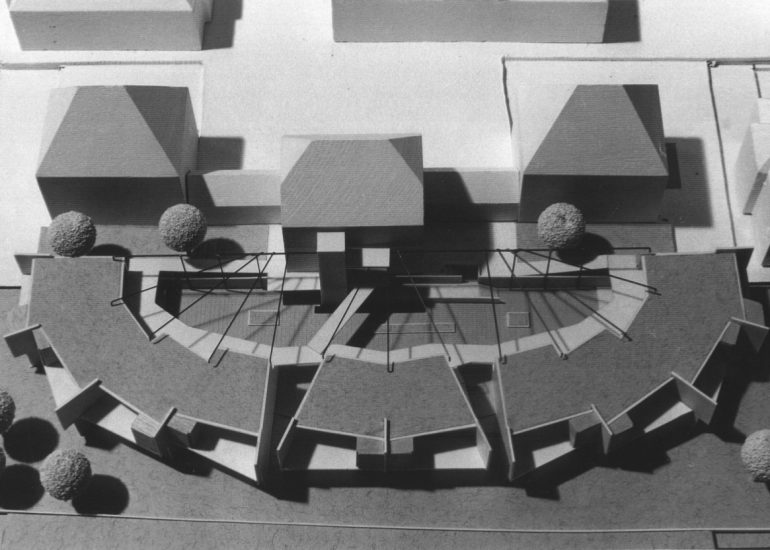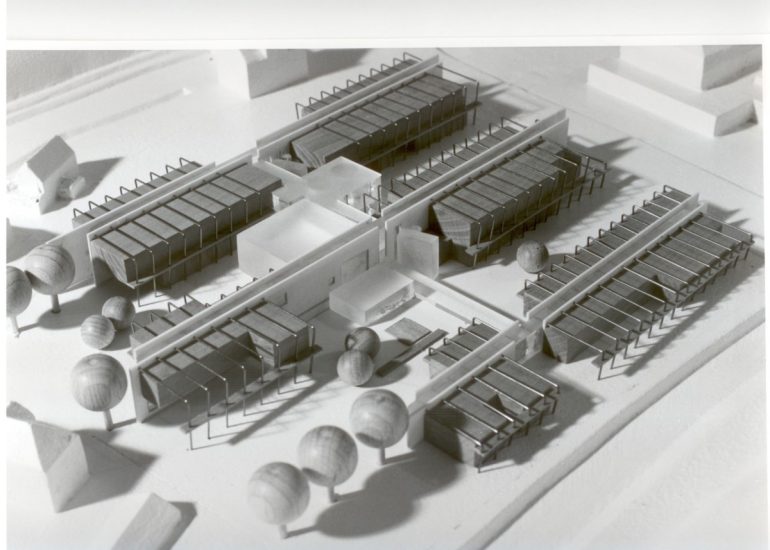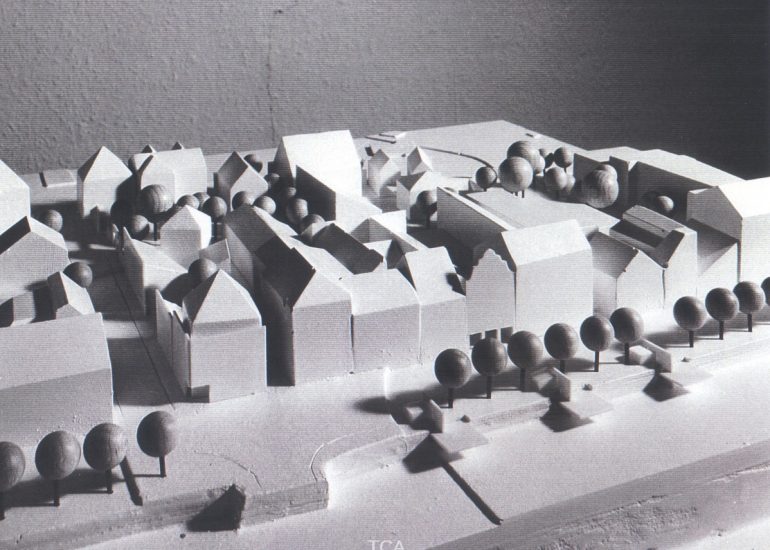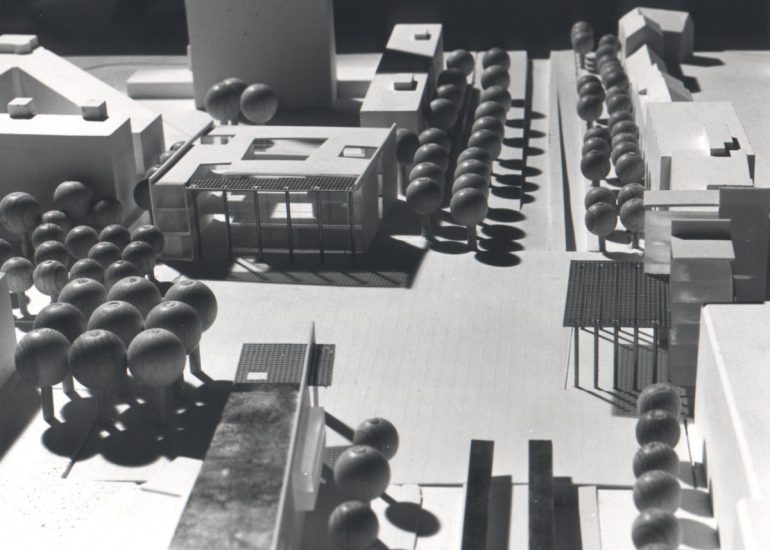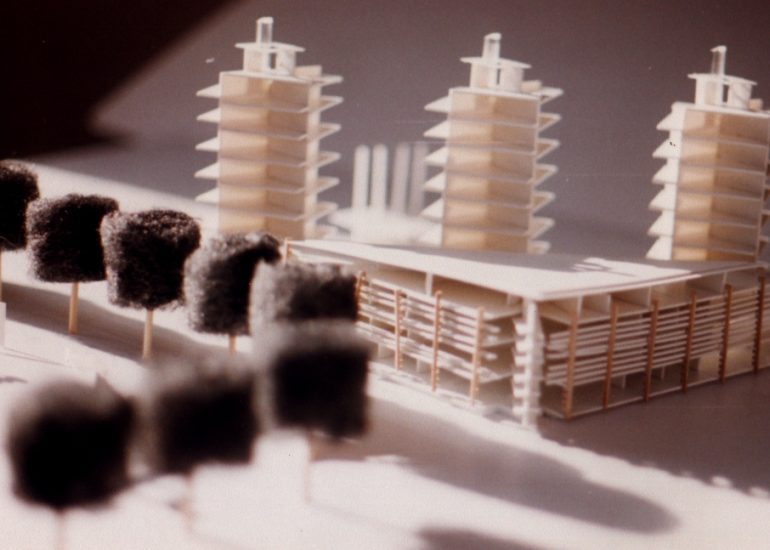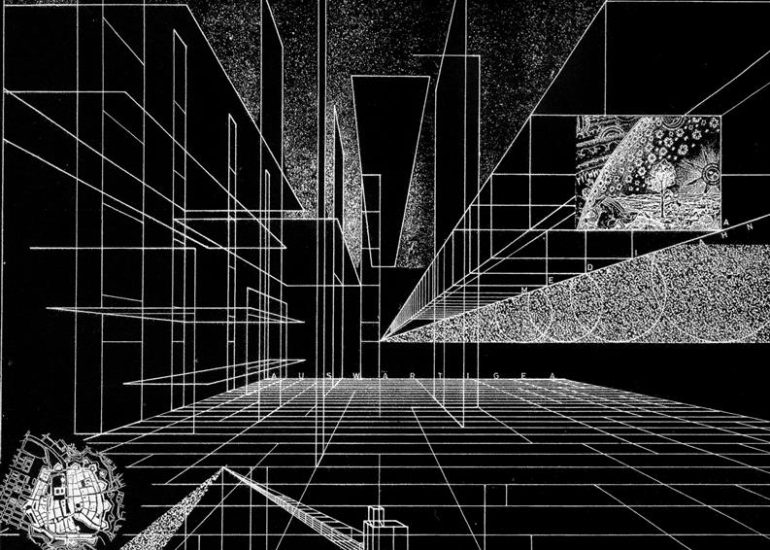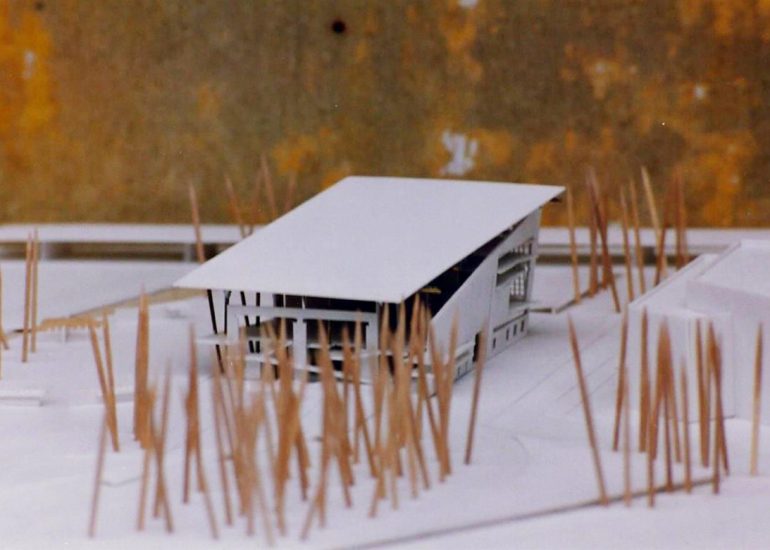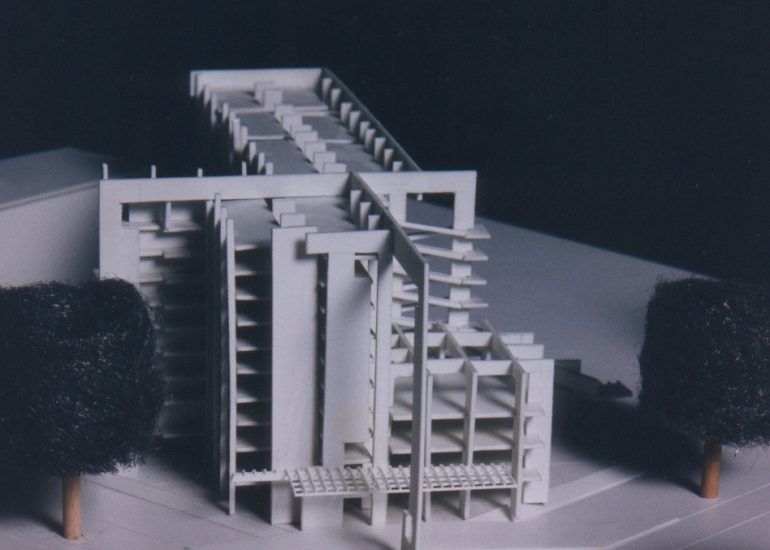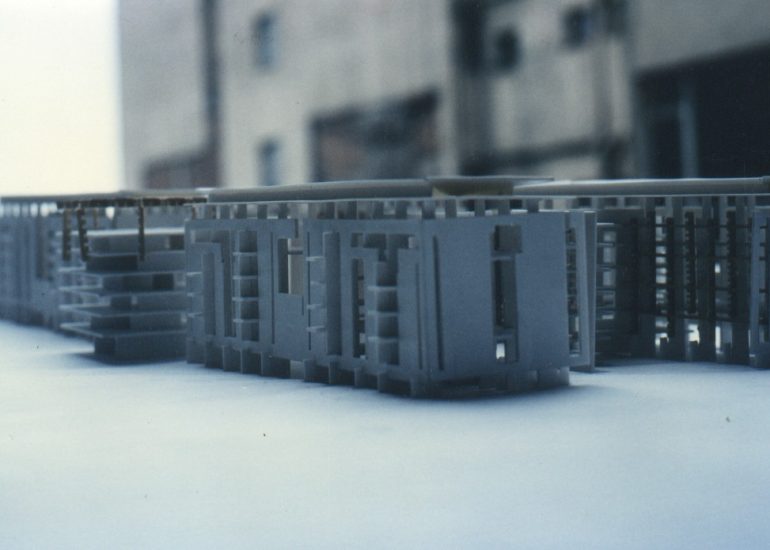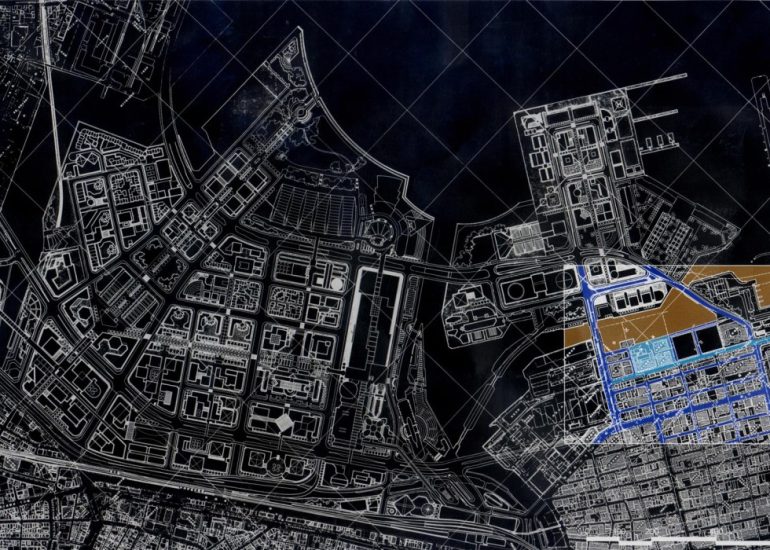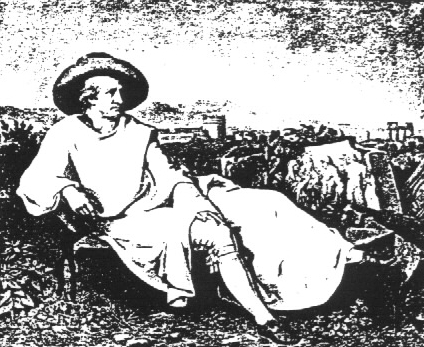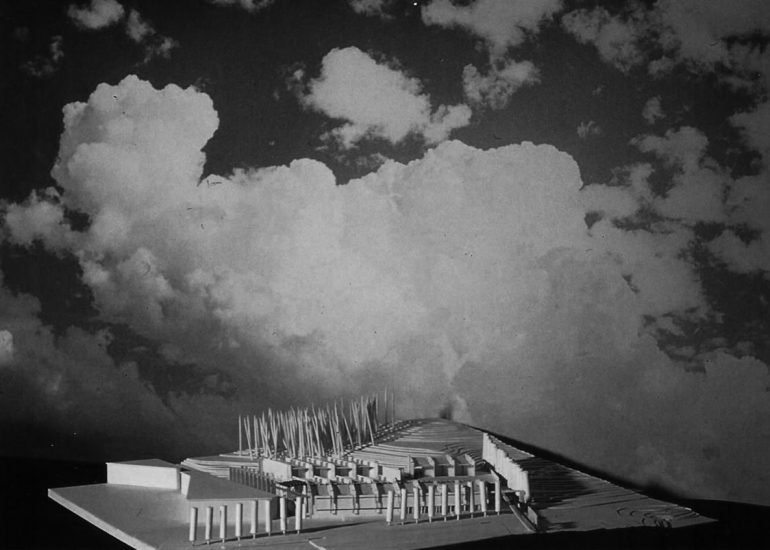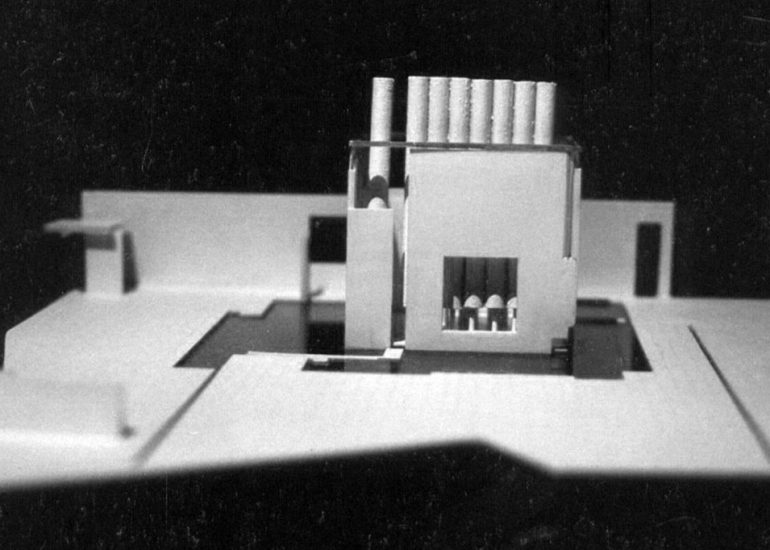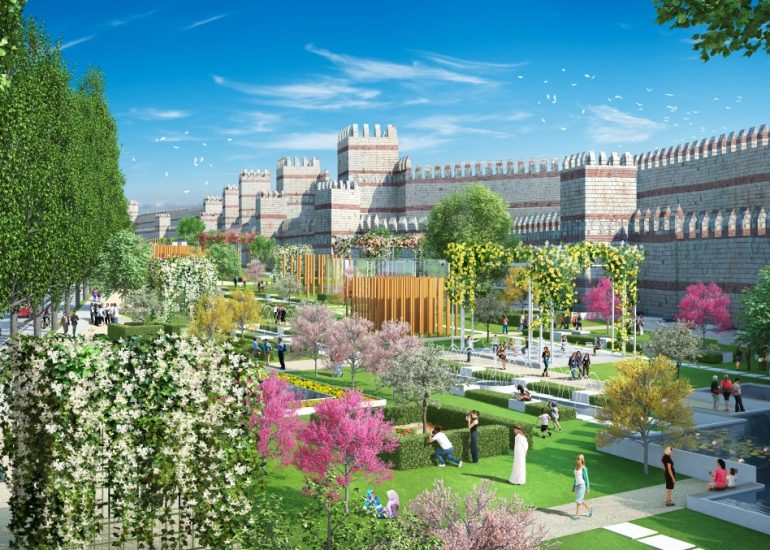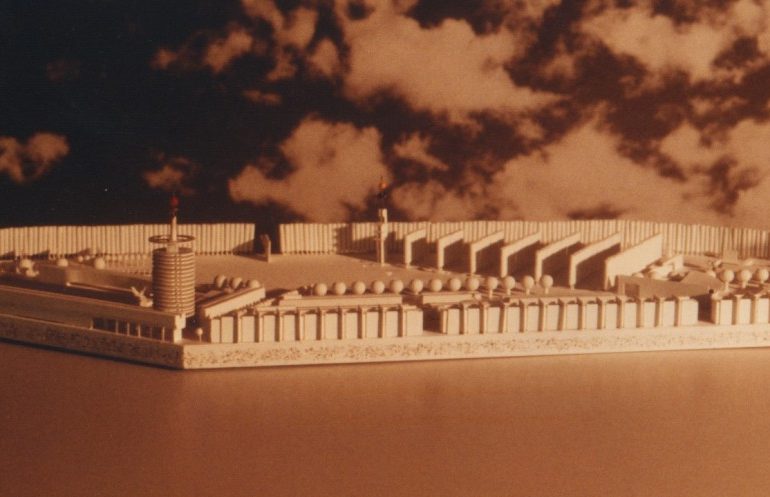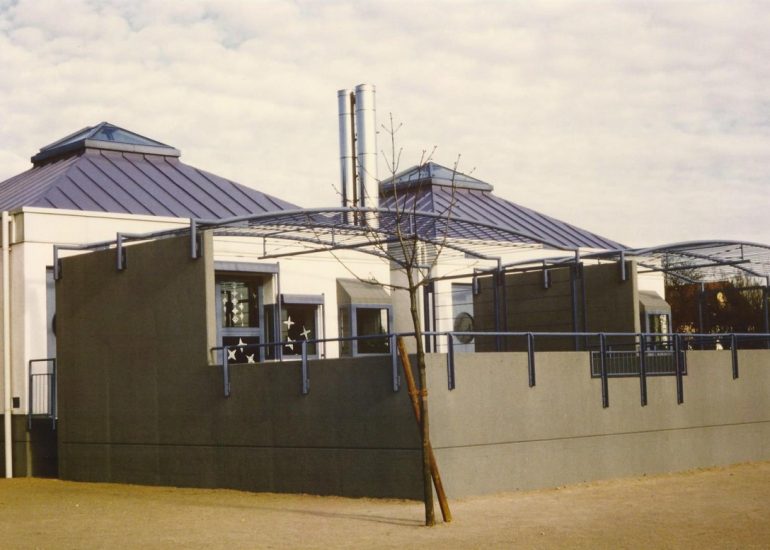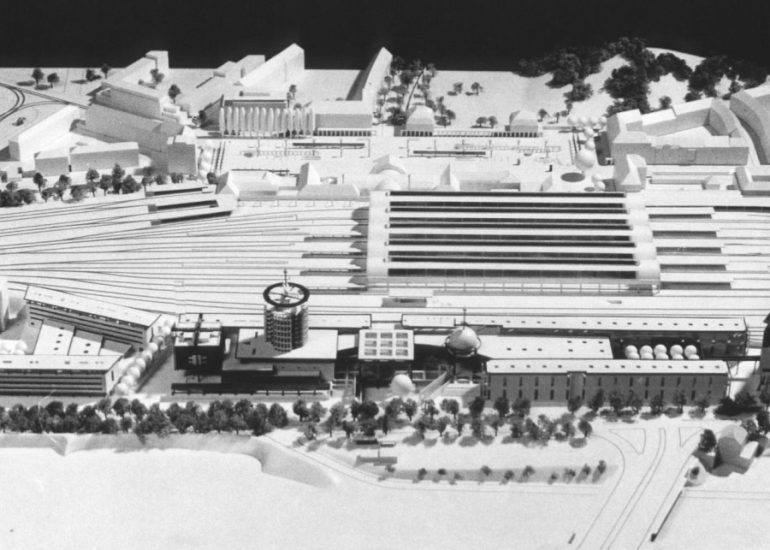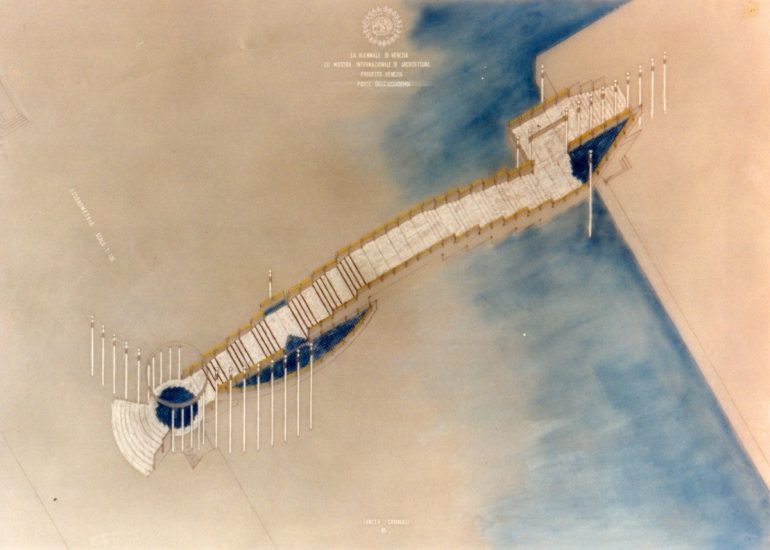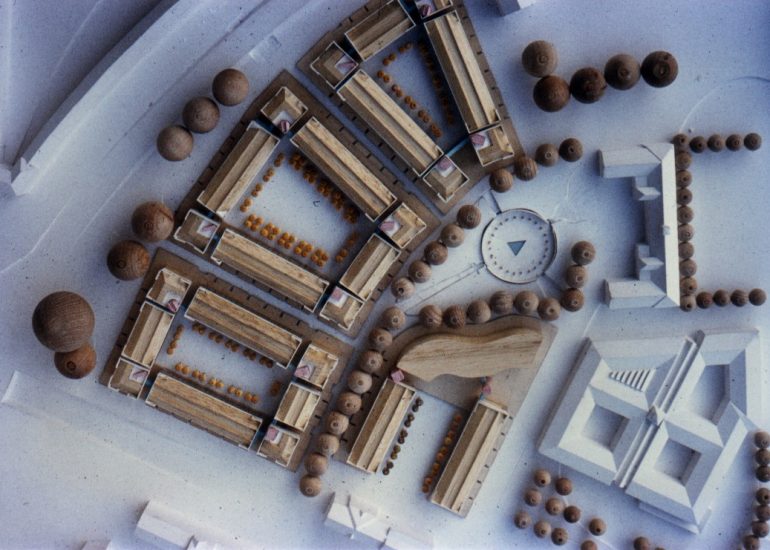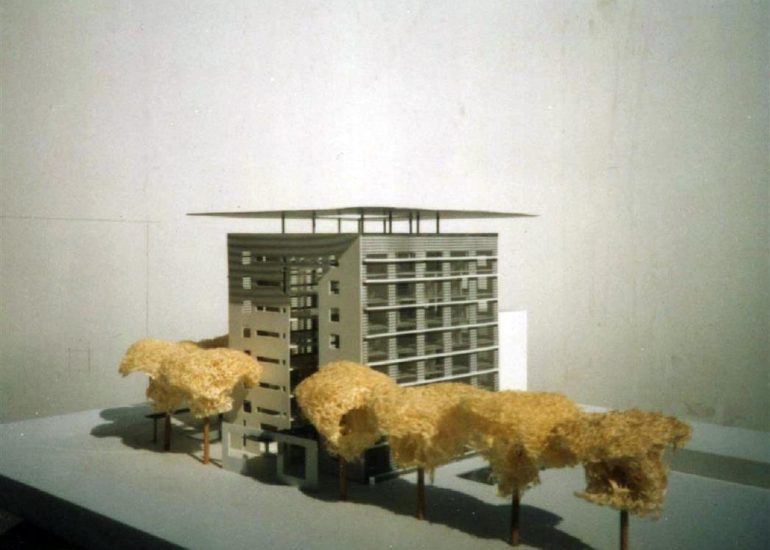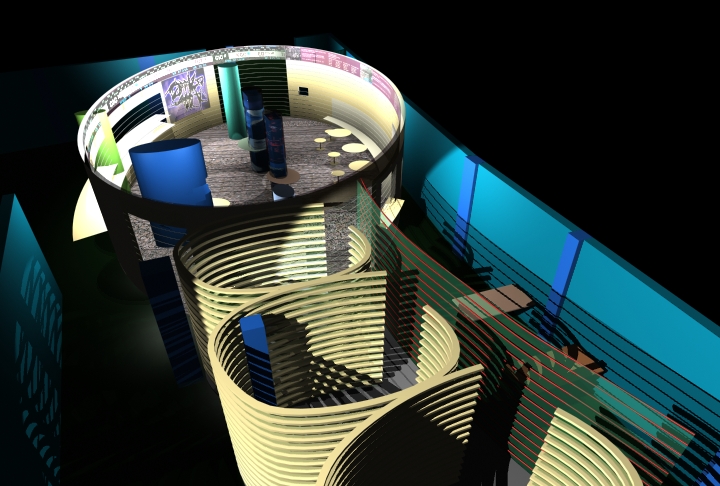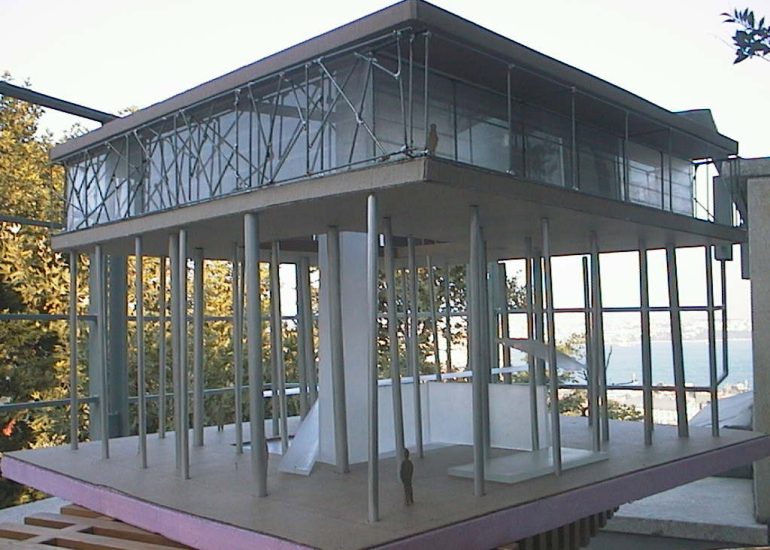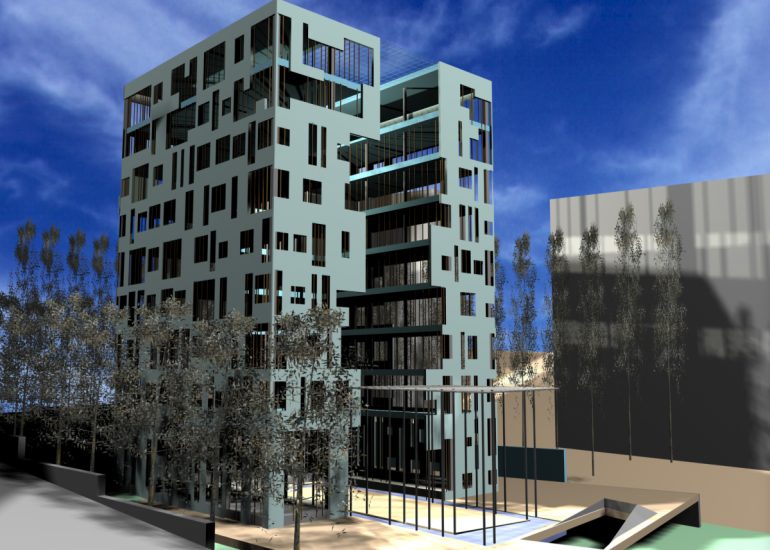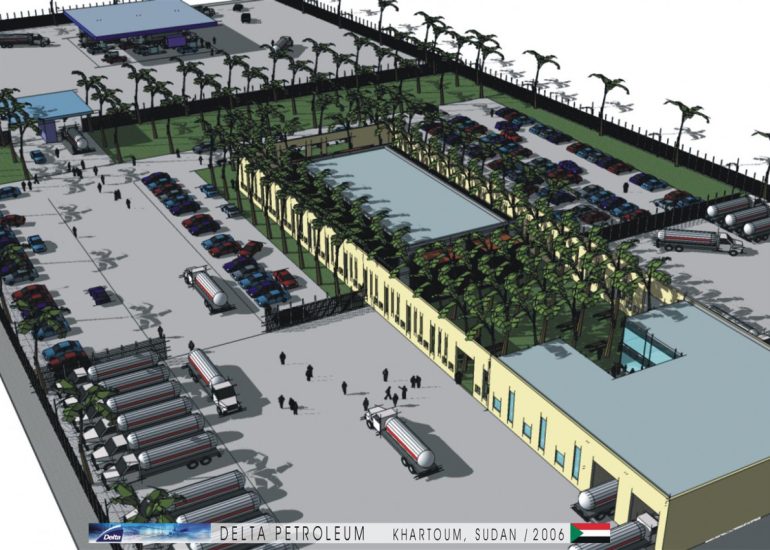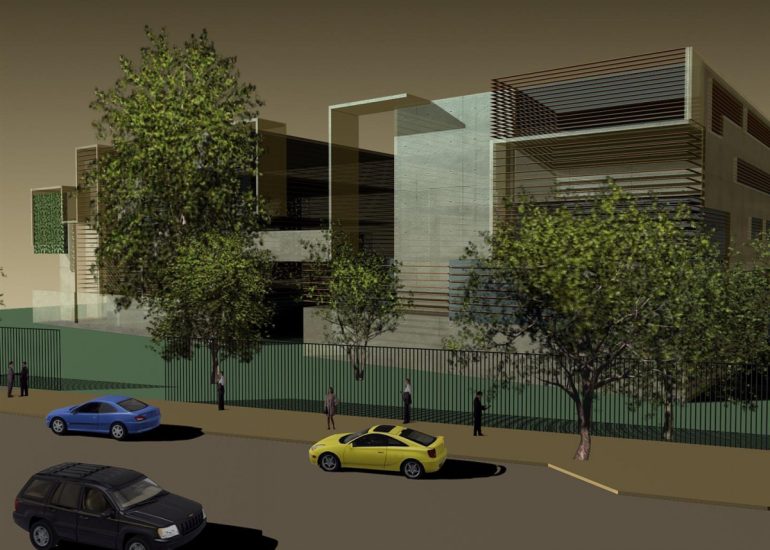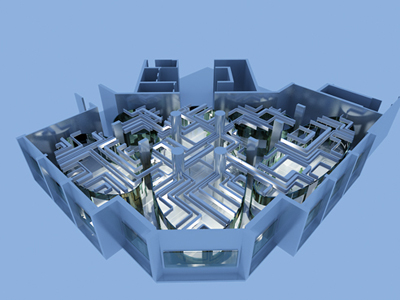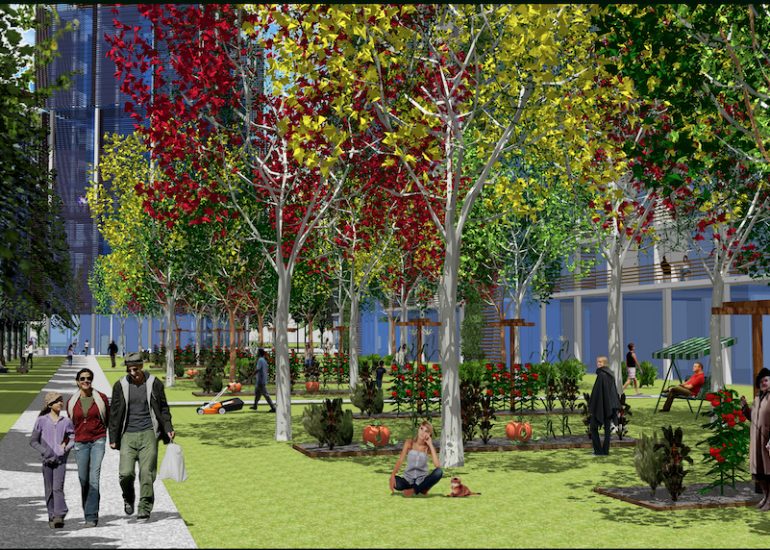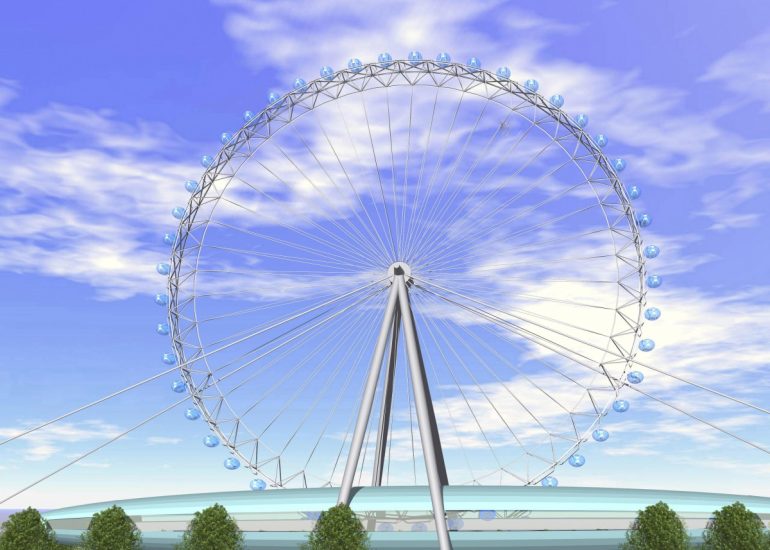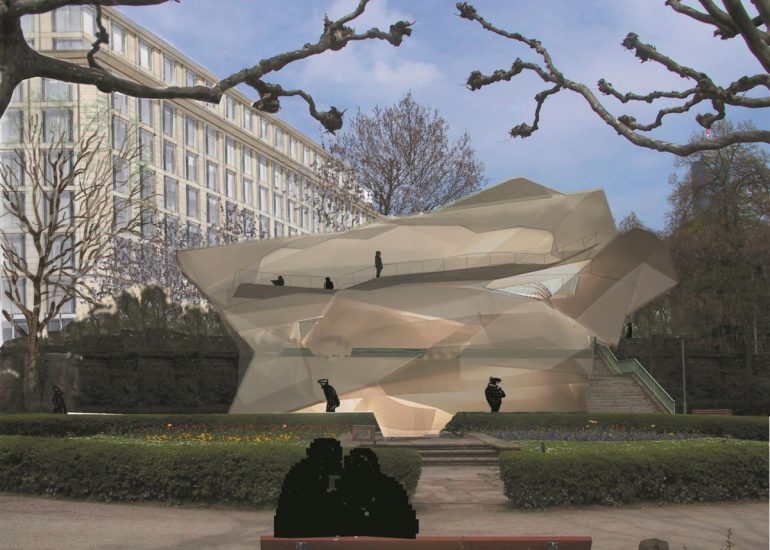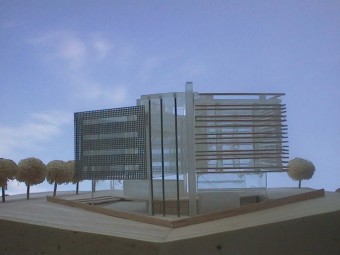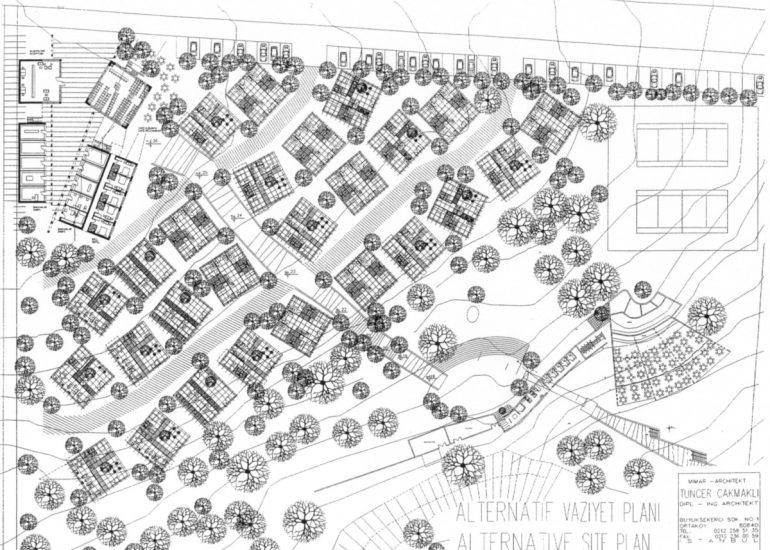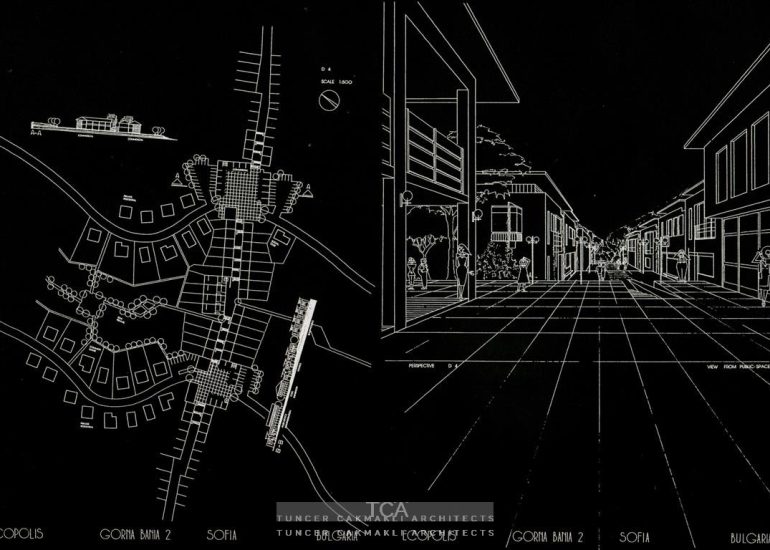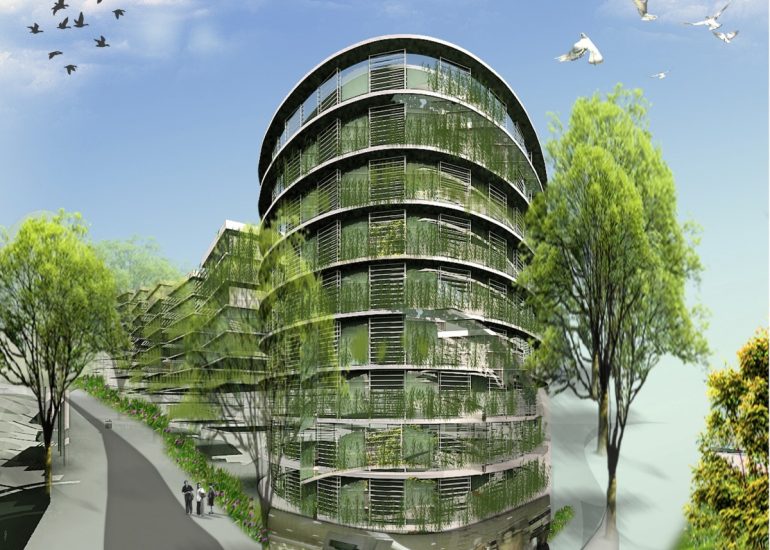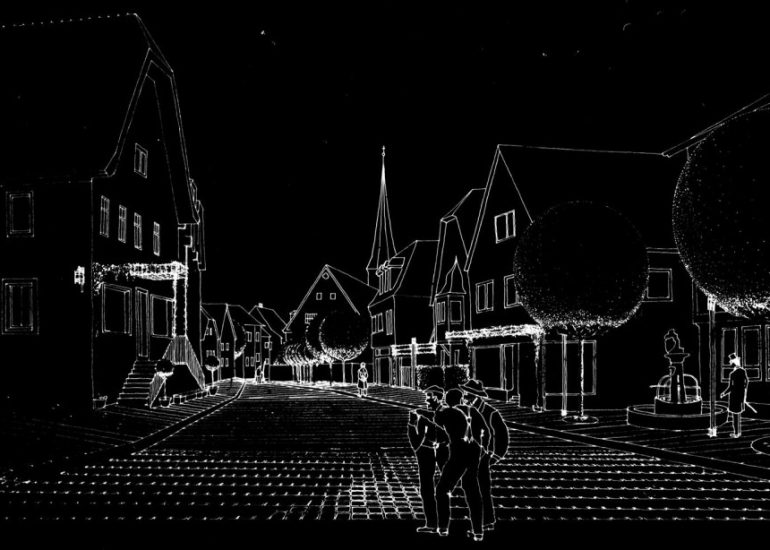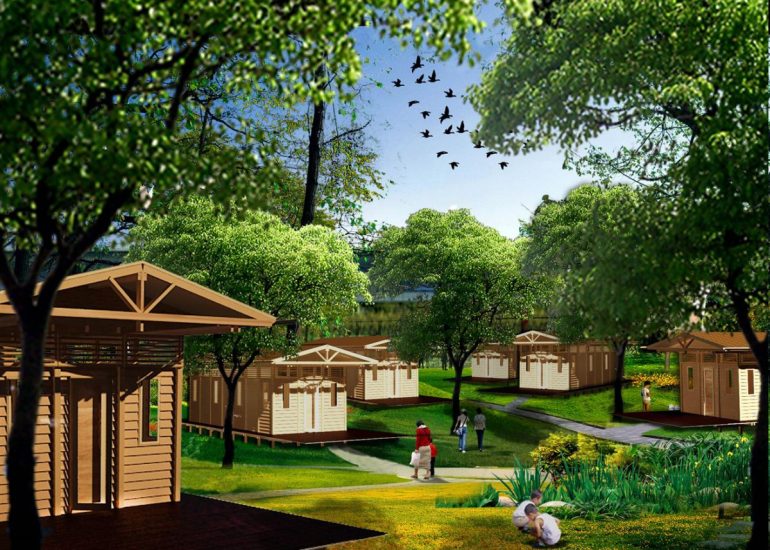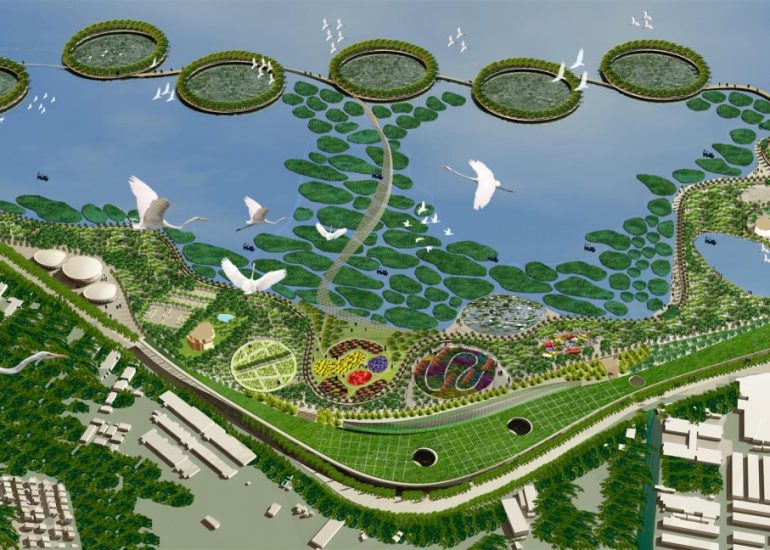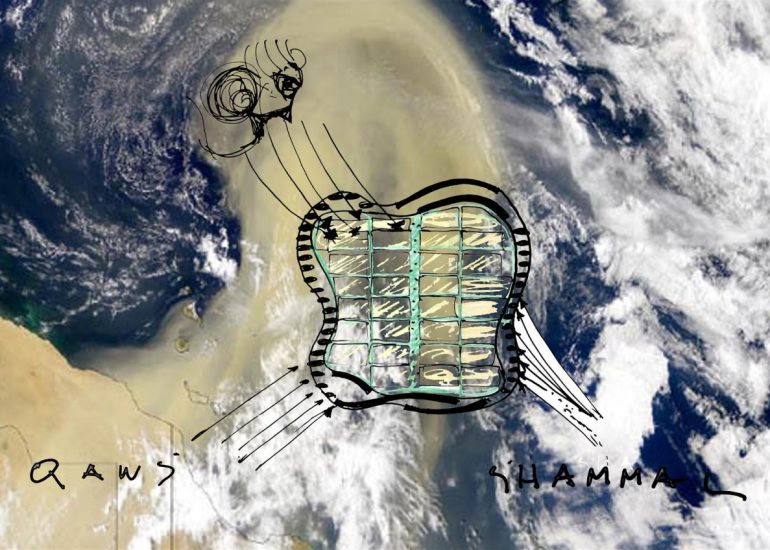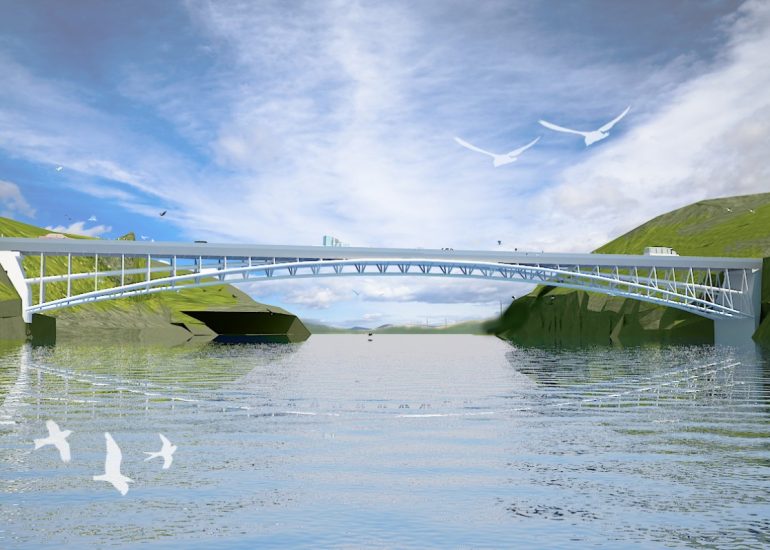GAP Culture and Art Center Gaziantep Türkiye
Cultural
In the heart of Gaziantep, Turkey, the GAP Culture and Art Center emerges as a cultural beacon, seamlessly woven into the historical tapestry of the city.
YEAR
1992
Situated in the proximity of the castle, this architectural gem, strategically placed at the edge of the expansive city park, transcends the conventional boundaries of cultural spaces. It presents a harmonious union of nature, sculpture, and artistic expression, inviting visitors on an enchanting architectural journey.
As the GAP Culture and Art Center stands proudly in the historical center of Gaziantep, its proximity to the castle and integration with the vast city park is no mere coincidence. TCA’s design philosophy is rooted in creating a cultural nucleus that not only enriches the historical context but also harmonizes with the natural surroundings. The great park surrounding the city converges upon the cultural center, forming an immersive experience where nature and culture coalesce.
The architectural journey begins at the entrance, where the boundary between interior and exterior spaces becomes fluid, setting the tone for an exploration that extends beyond traditional parameters. TCA’s design for the GAP Culture and Art Center transcends the conventional, embracing the sculptural essence of the space. The lines between the inside and outside blur, creating a symbiotic relationship between the cultural center and the surrounding garden.
The garden itself becomes an integral part of the visitor’s experience, inviting them to stroll through a curated landscape that mirrors the cultural richness within. Sculptural elements pepper the outdoor space, creating a seamless transition between the natural and the man-made. As visitors navigate through the garden, they are not merely spectators; they become participants in an artistic dialogue, where each turn and vista reveals a new facet of the architectural and natural harmony.
Internally, the design ethos of the GAP Culture and Art Center follows the same sculptural language. The interior spaces are not confined by rigid structures; instead, they unfold organically, mimicking the ebb and flow of the surrounding landscape. The overlapping of indoor and outdoor spaces creates an interactive and dynamic atmosphere, where art and culture are not contained within walls but spill out into the embracing garden.
In conclusion, the GAP Culture and Art Center is not just a cultural institution; it is a testament to the transformative power of architecture when intertwined with nature. TCA’s design for this center celebrates the sculptural beauty of both the built environment and the surrounding landscape. It beckons visitors on a journey where the distinction between inside and outside dissolves, giving rise to an immersive cultural experience that seamlessly weaves art, nature, and history into the very fabric of Gaziantep.
Budget:17.000.000 EURO
Location:Gaziantep, Turkey





A Human Hand Touching the Heart of Nature: GAP-KM
This design was born of a landscape thought.
The human hand touched the earth—not harshly,
But with the pen of an architect, the heart of a poet.
The goal was never to imitate nature,
But to listen to its voice,
To sow its structure like a seed,
And from that seed, harmony blossomed:
Nature and human walking side by side.
The eye that sees this unity,
The feet that walk this path,
Are nourished by the rhythm of motion, pause, and rest.
Here, space is built not with lines,
But with shadow, light, emptiness, and fullness—
A poem of architecture.
Art breathes in these grounds,
Every space is a vessel for feeling,
Every volume an echo of thought.
And where function and form begin to dance,
Volumes emerge like rivers
Winding through the fabric of time.
The street opens from city to park,
Inviting the visitor gently,
Balancing large and small,
Open and closed,
Light and dark—
A scale on which the soul finds its own weight.
Ramps rise, steps fall—
Crafted like paintings of perspective.
With every inch, a new delight,
With every step, a new vista.
Paths stretch toward the historical texture,
Toward the castle, the park—
Offering a visual feast for the traveler.
And there stands GAP-KM, like a sculpted form.
Planted purposefully,
It veils the heavy presence of the newly built Government House,
Like a quiet voice saying,
“This space belongs to the people.”
It shelters the park from the weight of power.
Because this place is not only stone,
Not only soil—
It is the heart of a dreaming architect,
A human reconciled with nature.
——————————————————————————————————————
Doğanın Kalbine Düşen Bir İnsan Eli: GAP-KM
Bu tasarım, bir peyzaj düşüncesiyle doğdu.
İnsanın eli değdi toprağa—ama hoyratça değil,
Bir mimarın kalemiyle, bir şairin yüreğiyle.
Doğayı taklit etmek değil muradımız,
Doğanın dilini öğrenmek,
Onun kurgusunu tohumlamak istedik
Ve o tohumdan uyum filizlendi:
İnsanla doğa el ele verdi bir ahenk içinde.
Bu birlikteliği gören göz,
Bu yolda yürüyen ayak,
Hareketin, durmanın ve konaklamanın ritminde
Bir mimari müziğin içinde bulur kendini.
Mekanlar—tıpkı bir şiir gibi—dizelerle değil,
Gölgeyle, ışıkla, dolulukla, boşlukla kurulur burada.
Sanatın soluğu var bu alanlarda,
Her mekan, bir duygunun mekânı,
Her hacim bir düşüncenin yankısıdır.
İşlevle formun dansıysa
Zamanın içinde kıvrılıp duran bir nehir gibi
Hacimleri doğurur ardı ardına.
Kentten parka açılan sokak,
Ziyaretçisini içine çeker bir davet gibi,
Büyükle küçüğün, açıkla kapalının,
Aydınlıkla karanlığın arasında salınan bir terazidir.
Ve insan, o terazide kendi iç dengesini bulur.
Yükselen rampalar, dökülen merdivenler—
Bir tablo gibi işlenmiş perspektiflerle
Her adımda başka bir manzara,
Her basamakta başka bir tat.
Tarihi dokuya, kaleye, parka uzanan yollar
Bir görsel şölen sunar gezginine.
Ve GAP-KM, bir heykel gibi dikilir orada.
Yeni yapılmış Hükümet Konağı’nın
Ağır gövdesini gölgeleyen bir perde gibi—
Sanki görünmeyen bir sesle,
“Burası halka aittir,” dercesine
Parkı korur, kamufle eder o baskıcı cüsseden.
Çünkü bu mekan yalnızca taş değil,
Yalnızca toprak değil,
Bu mekan, düş kuran mimarın,
Doğayla barışmış insanın kalbidir.








